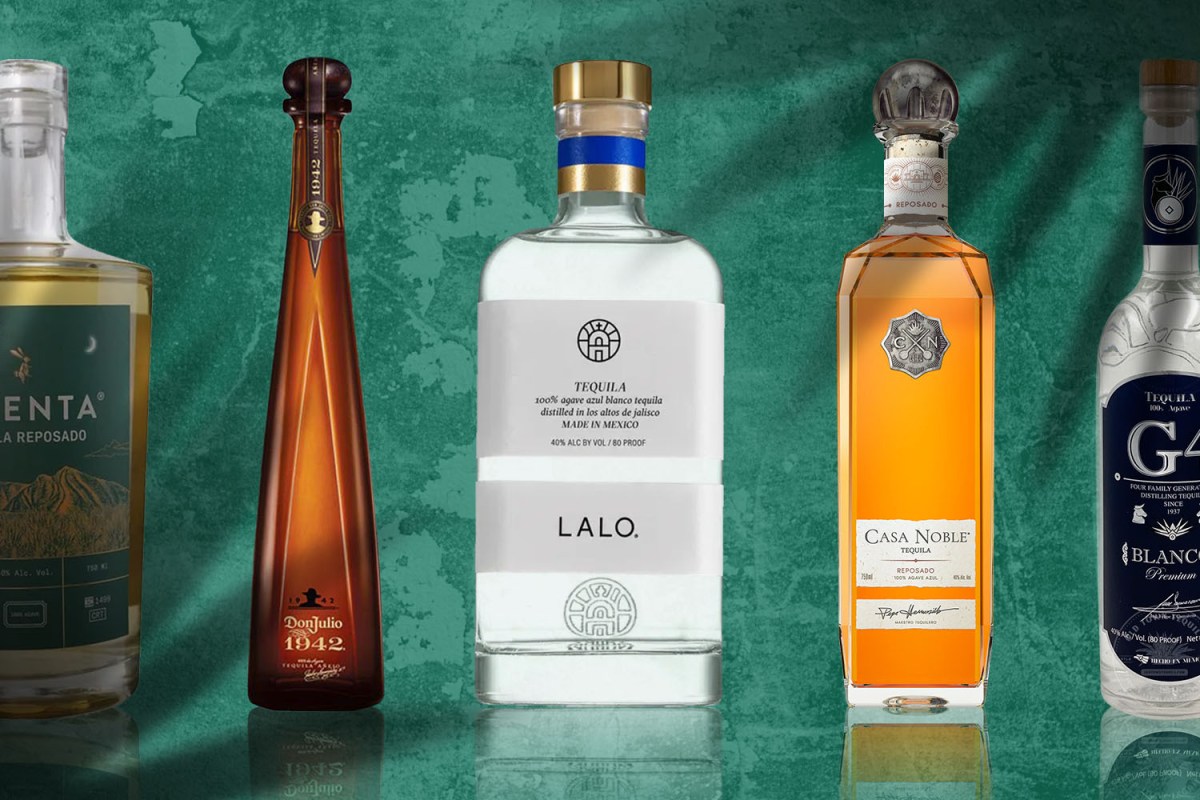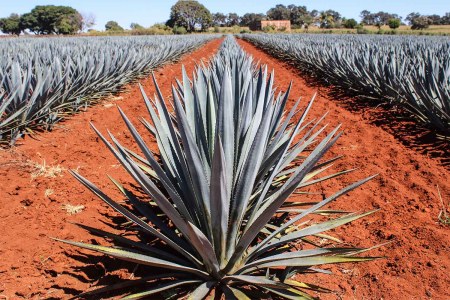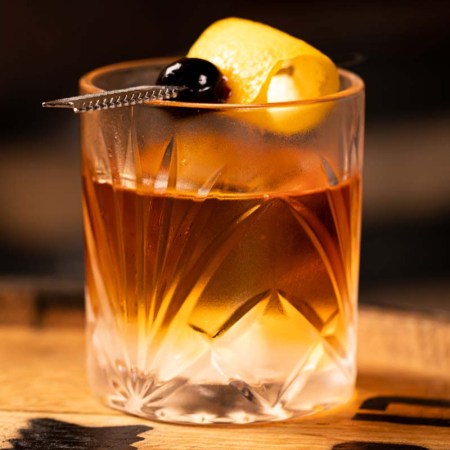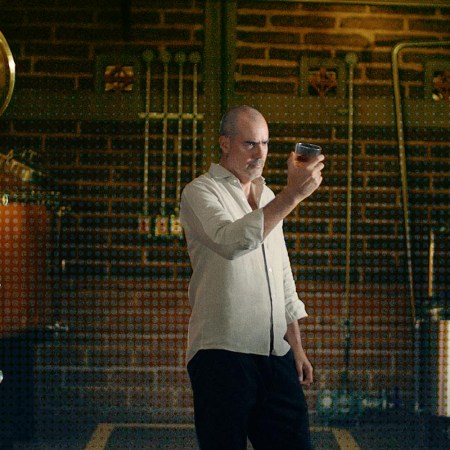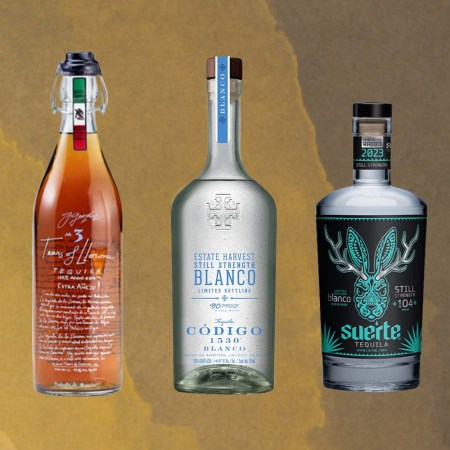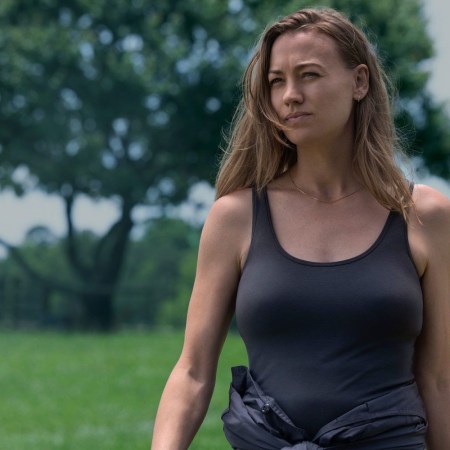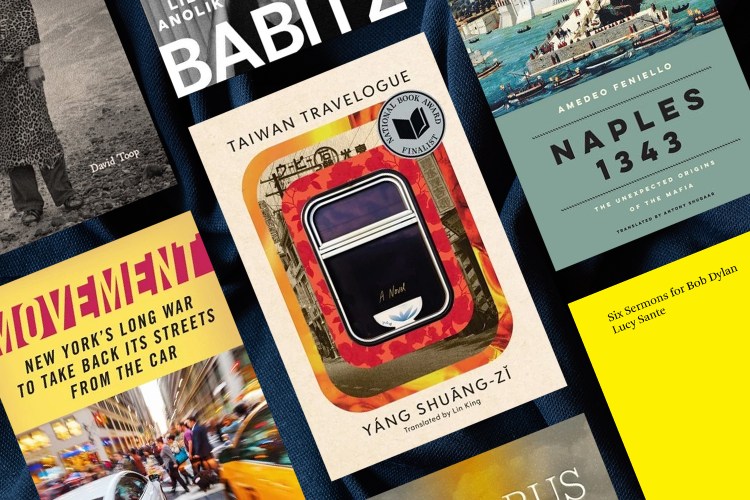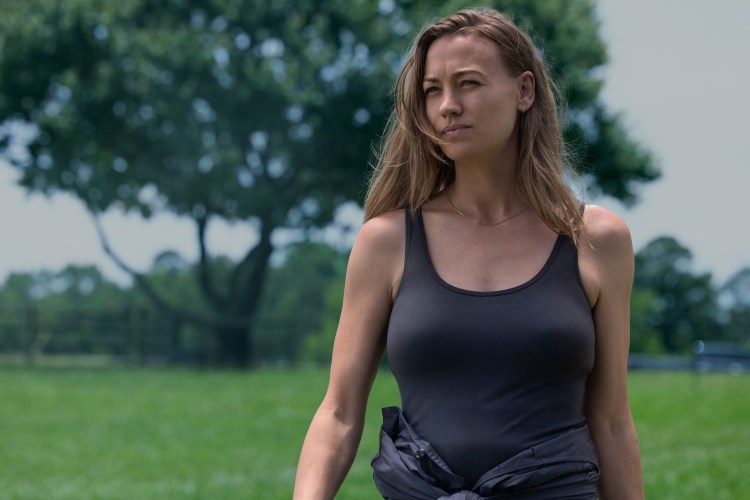There are thousands — yes, thousands — of tequila brands. And for good reason. Sales of the spirit are strong year to year, and agave spirits (which includes mezcal, although that fraction of the category is fairly tiny) make up the third-largest spirits category in the U.S., behind only vodka and whisky, according to IWSR Drinks Market Analysis.
Basically, everyone likes tequila.
So if you’re going out this year for Cinco de Mayo (or ordering in), tequila will be on the menu. Below, we’ve highlighted 50 great bottles of tequila that are worth your time and money, all of which we’ve sampled and tested over the years to identify the best-emerging labels and bottles on the market, along with some standbys that never get old . We started this list in 2021; this year, we added a few newcomers and changed a few picks if a brand we liked came out with something new (and better).
For the most part, we tried to narrow our selections to tequilas you have a chance of trying, either via a good local bar, liquor store or online shop (we recommend ReserveBar for quick orders and Frootbat or SipTequila for the harder-to-find stuff).
Undoubtedly, we skipped something you liked. If you want more selections, check out our other fine lists (best tequila for margaritas, best tequila under $30, best luxury tequilas, etc.). As for our criteria? We weren’t necessarily agnostic — celebrity tequilas needed to truly stand out to get on the list, for example — and we tried to mix in everyday brands with under-the-radar picks, along with several women-run or -owned tequilas and some independent distilleries. As well, we tried to pick something in every tequila category (yes, even Cristalino).
In no particular order, here are 50 of the best bottles of tequila for Cinco de Mayo:
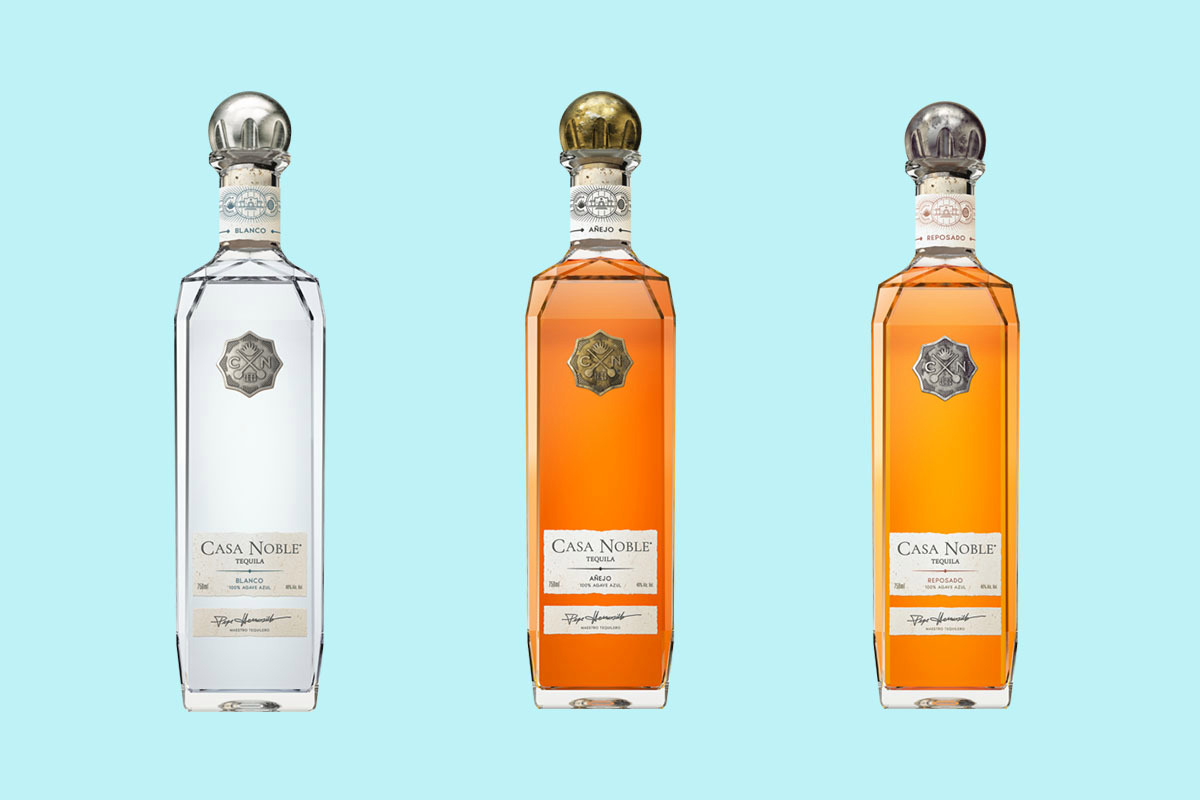
Casa Noble
These estate-grown organic tequilas, the brainchild of Maestro Tequilero Jose “Pepe” Hermosillo, went through a pretty big relaunch in 2021, with new bottles and a slight reformulation — but all three expressions are ideal for sipping. You can read our in-depth review here and note that the brand is both organic and additive-free.
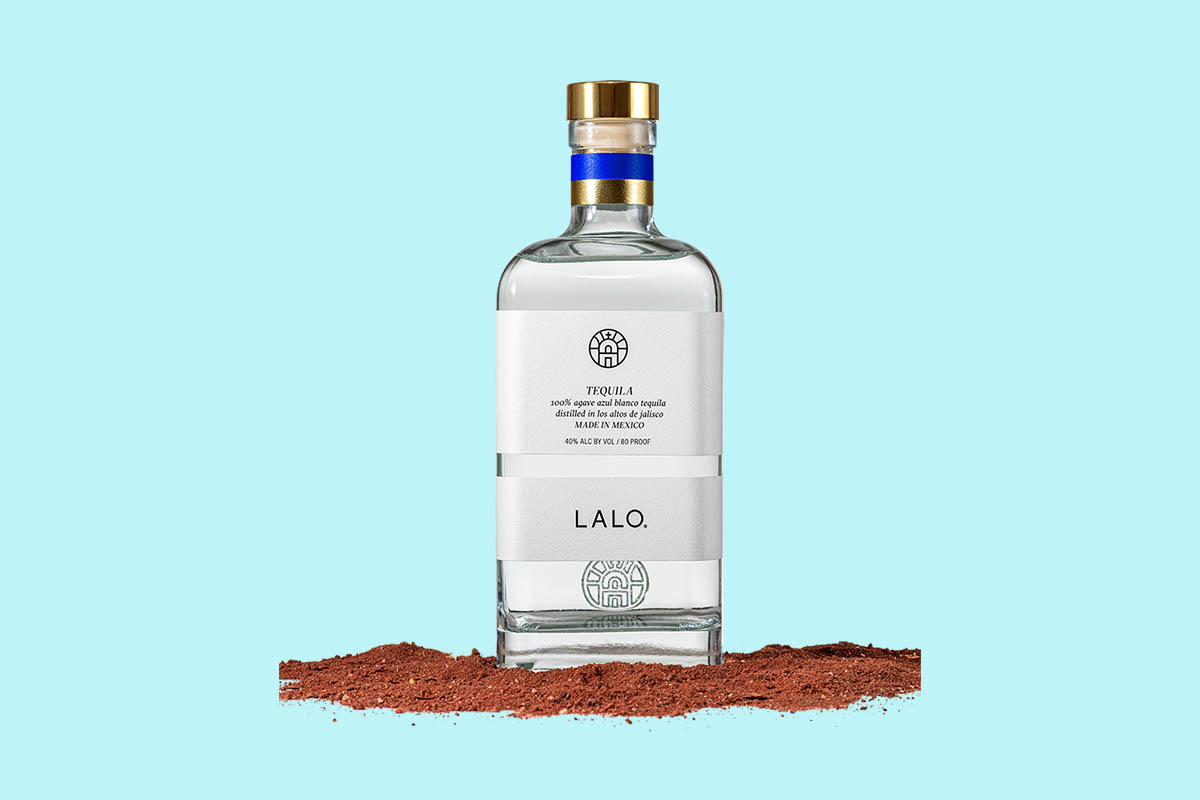
LALO
Eduardo “Lalo” González is the co-founder of his brand and the grandson of Don Julio González (of Don Julio tequila fame). So we have a family legacy and zero cultural appropriation here, a rarity in the modern tequila realm. The agave for LALO hails from the Jalisco Highlands, and during fermentation, a proprietary yeast used in Champagne is introduced. Available as a blanco only, there is a bit of a wine note on the nose, while the taste is clean, fruity and even delivers notes of sweet potato.
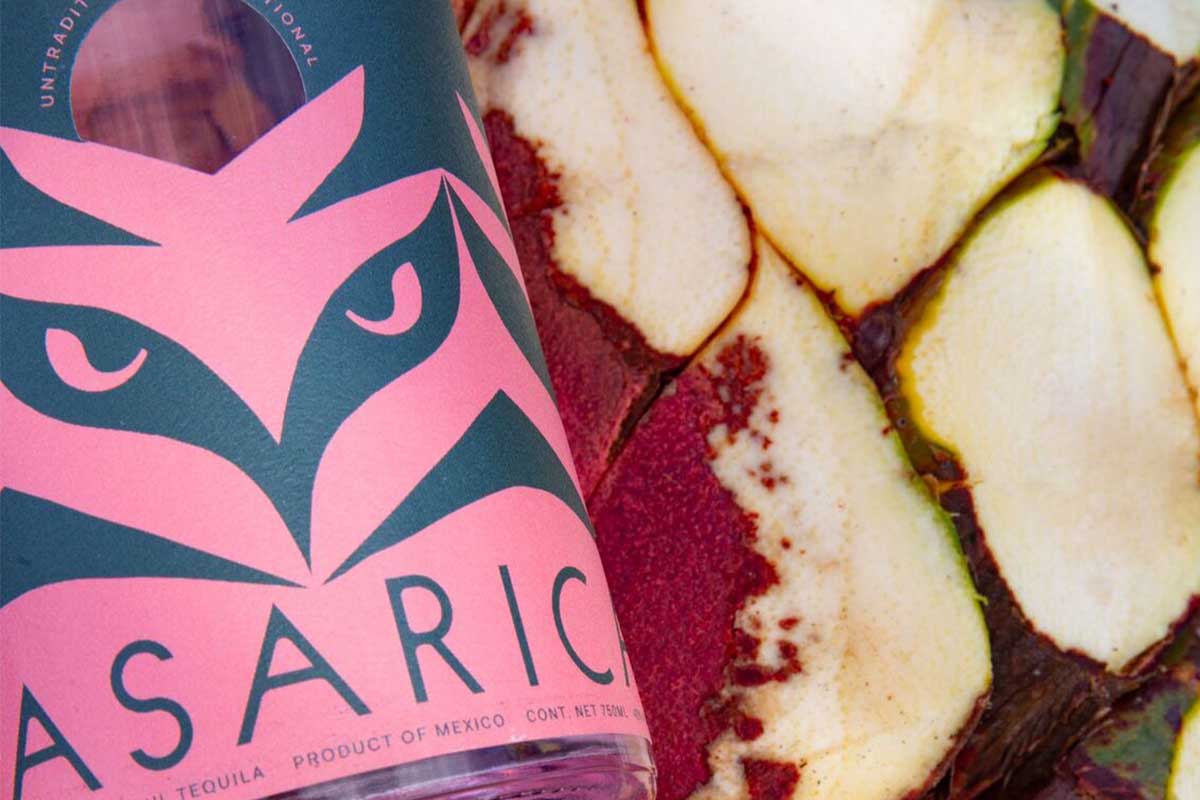
Casa Rica
A California-based tequila started by former restaurateur Justin Urich, the Rosado here gets its color not from wine barrel aging, but via extracting and macerating the self-fermenting red spots on the piñas. Similar to their blanco release, you’ll get a lot of grass on the nose and lemon and peppery notes on the palate — along with, interestingly enough, vanilla notes that you’d seem to more likely to find in an aged tequila. Read our review here.
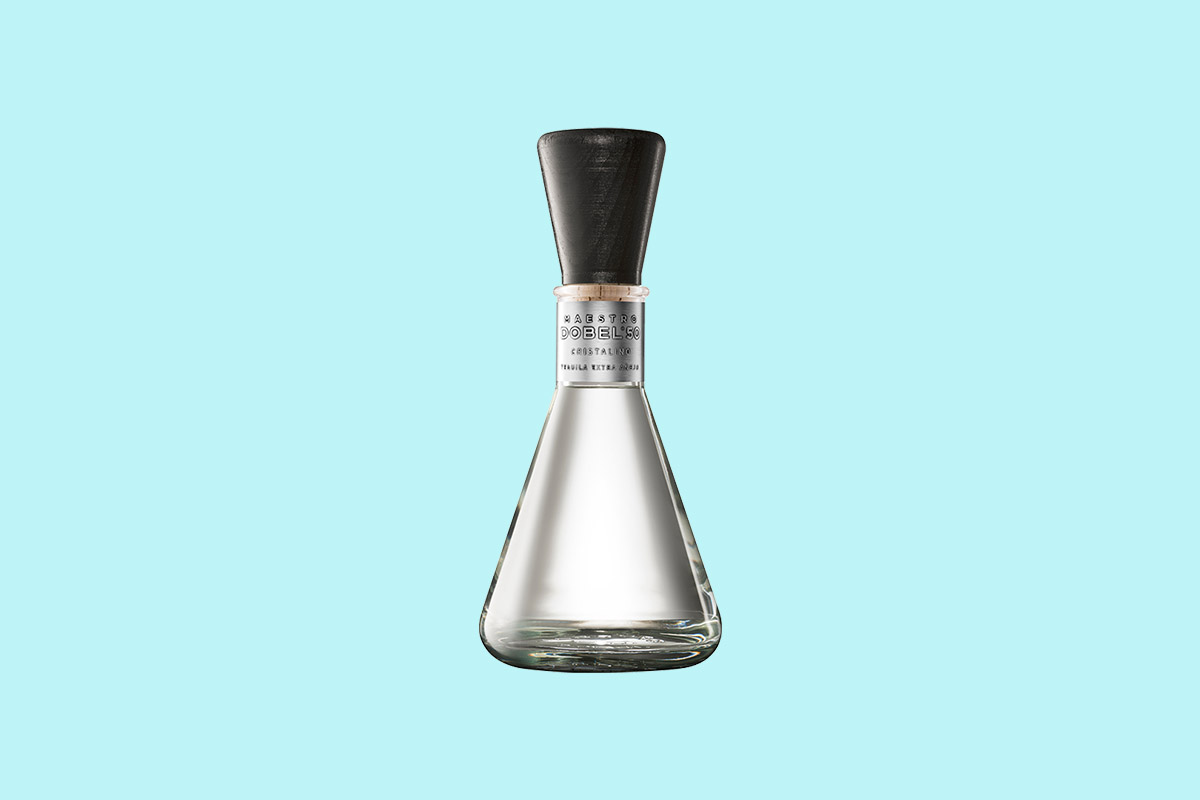
Maestro Dobel
Are cristalino tequilas bullshit? It’s aged tequila filtered so it looks clear and achieves a smoother, lighter mouthfeel. Not sure why we’re stripping away potential flavor here, but Maestro Dobel is a leader in the category and their 50 Christalino release — which blends aged tequilas from both Eastern European and American oak barrels — is an extra añejo that’s certainly flavorful, almost like butterscotch and dates. (For something that maintains more of the agave flavor, try their much more inexpensive Diamante release.)
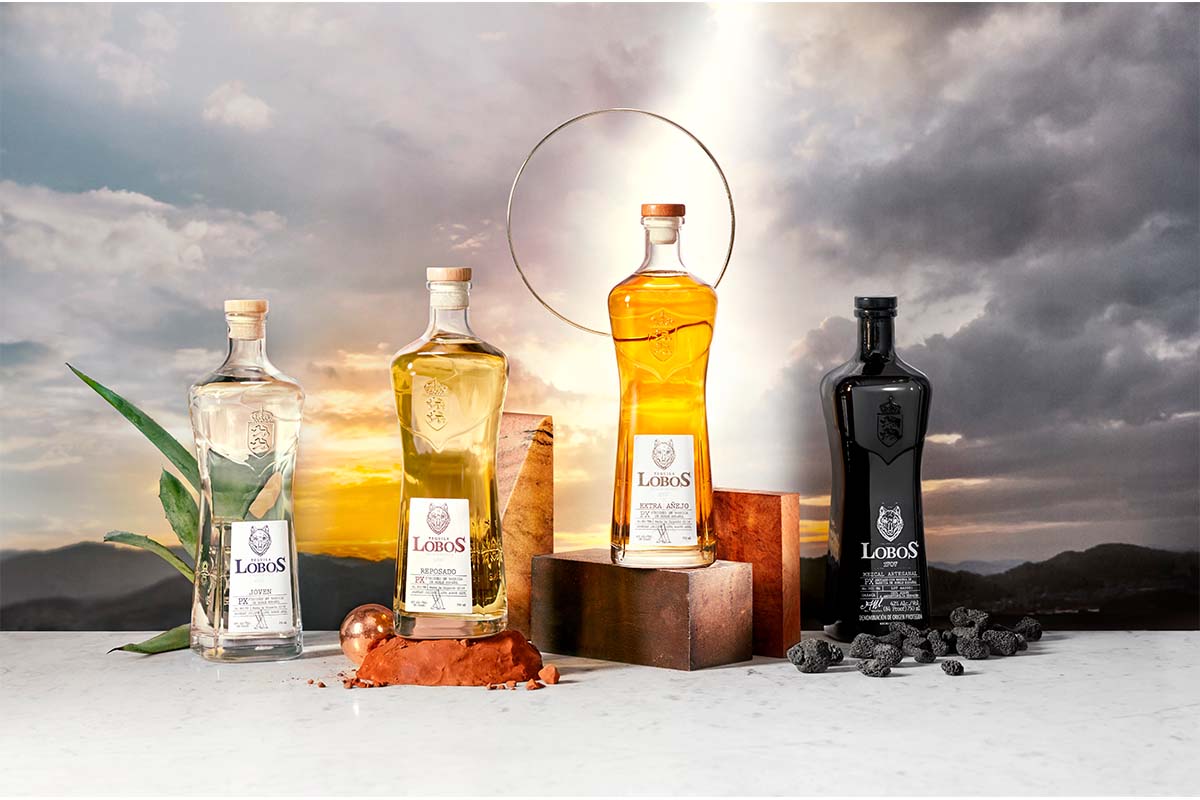
Lobos 1707
These tequilas are finished in Pedro Ximenez (PX) wine barrels from Spain, which makes the releases more interesting than your average celebrity-backed tequila … oh, did we mention LeBron James is a partner? Go for the reposado: Those oak barrels provide caramel/vanilla notes, which occur on both the nose and the palate. As for the finish? Crème brûlée came to mind. Read our full review here.
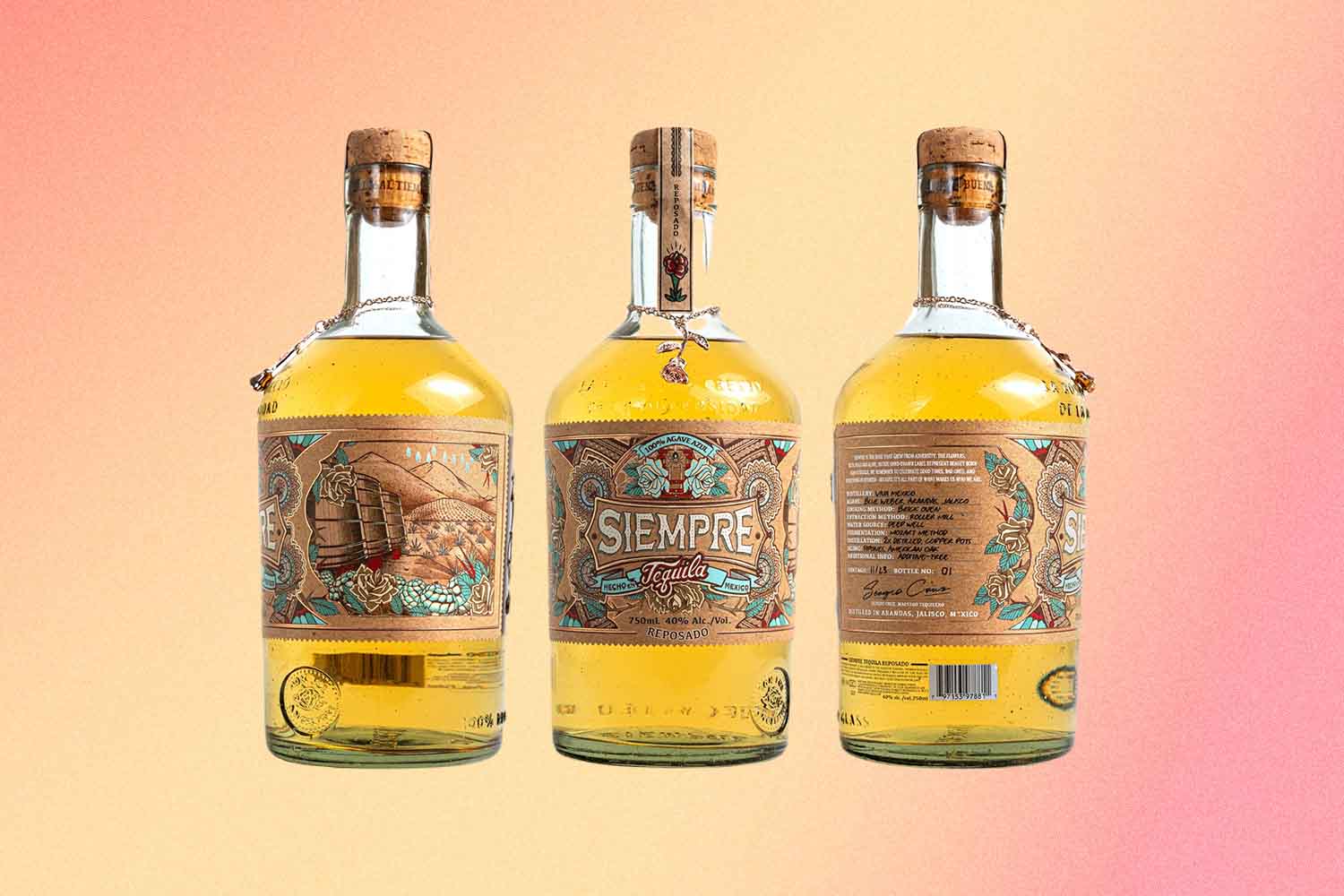
Siempre
Siempre’s blanco (plata) tequila was launched in 2015, and the reposado and añejo expressions arrived in the past few years. The reposado, aged in new barrels for 2-6 months, is closer to what you’d usually find in an añejo. The caramel, vanilla and wood notes are strong, but thankfully the agave isn’t lost in the aging. An excellent release — and you can read more about the brand’s unique backstory here. Note: The plata and reposado were “enhanced” (essentially, very similar but now made at a new distillery) are now additive-free as of this year.
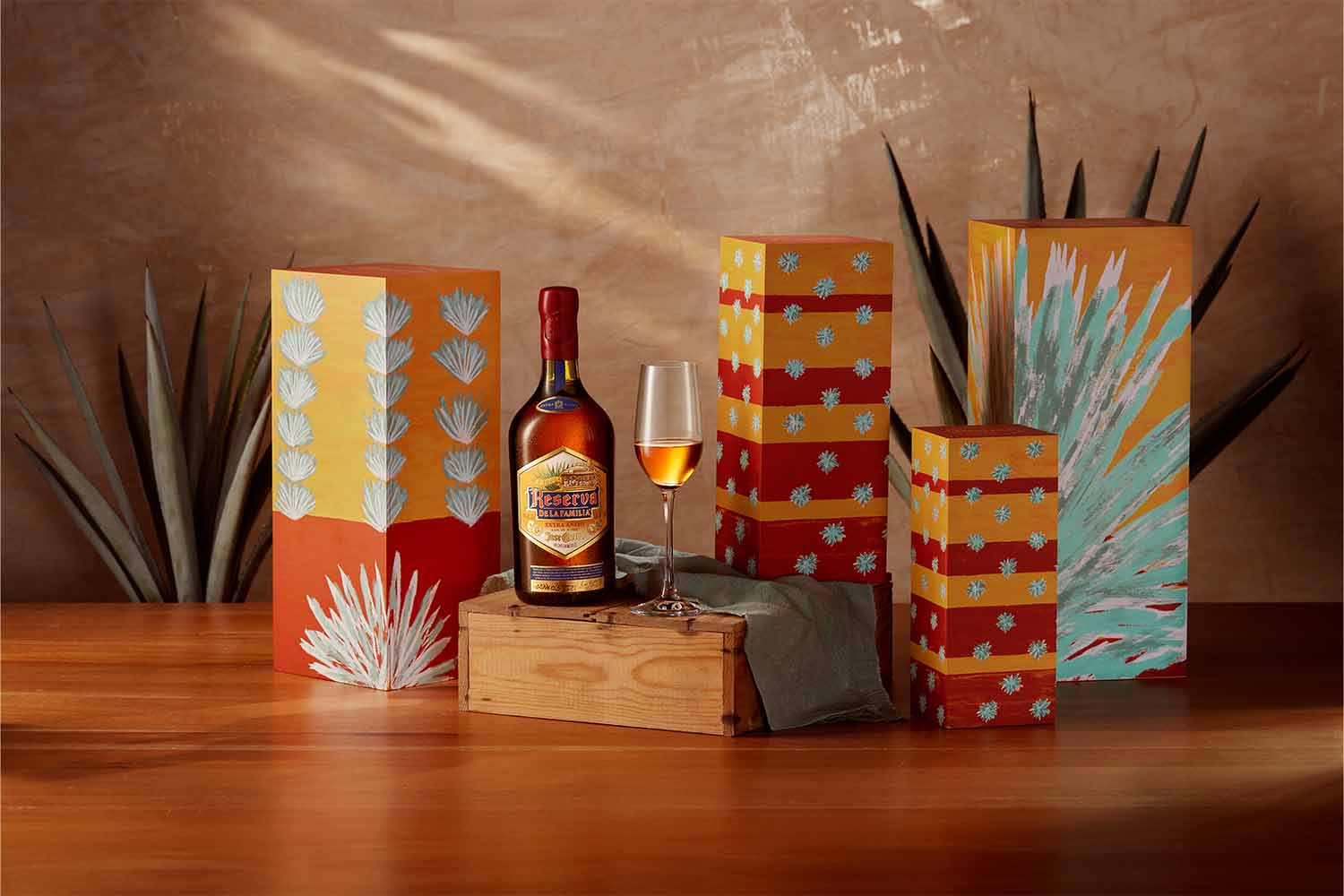
Jose Cuervo
I admittedly don’t love every release from this centuries-old distillery. I’d avoid a mixto like Jose Cuervo Especial Gold…but if you head toward their elevated expressions, like the annual Reserve de la Familia release (pretty much the inspiration for every limited-edition, artisanal tequila release you’ll see from today’s younger brands), you’ll understand why Cuervo remains the most popular tequila producer in the world.
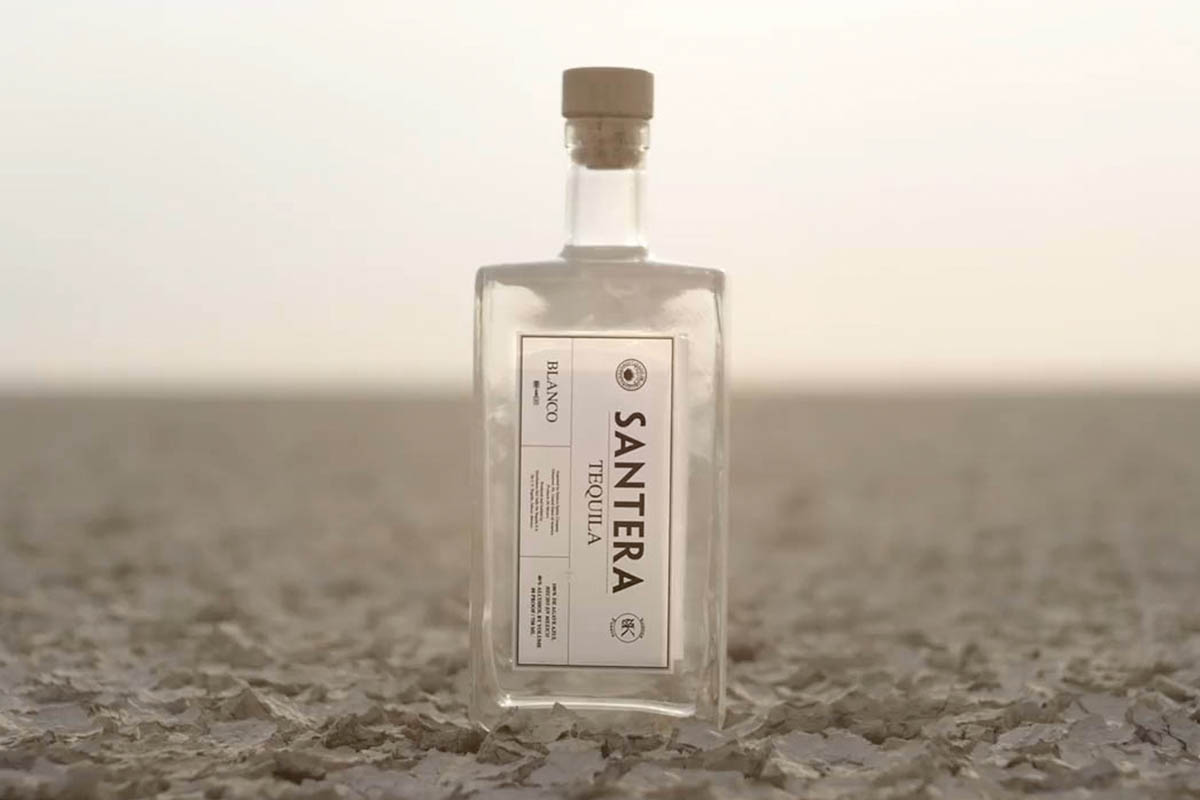
Santera
The blanco and añejo here generally excel in their respective categories — the blanco is bright and grassy, the añejo is a worthy replacement for your bourbons and darker spirits. They’re good on their own, but I see these as elevated spirits for mixing (I tried the blanco infused with Hibiscus tea, then shaken with agave nectar and lime juice, and it was divine … h/t Liquor Lab for the recipe).
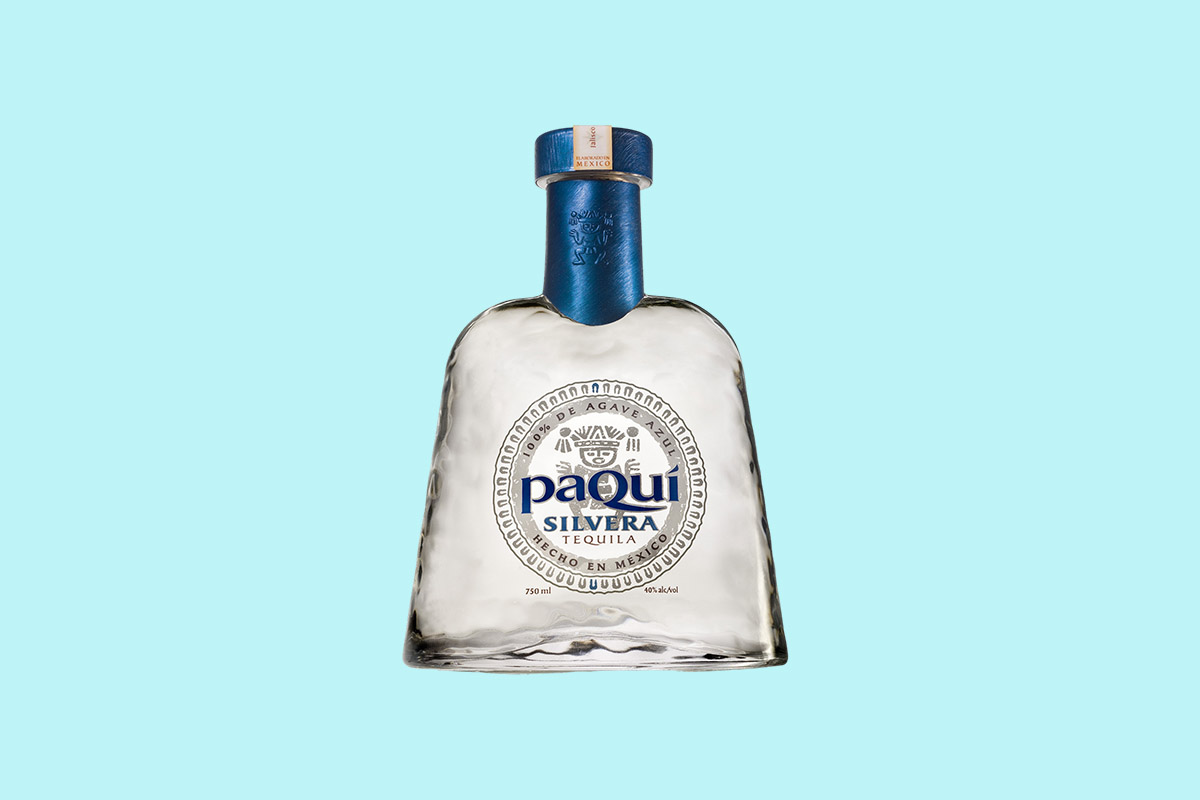
PaQui
I usually shy away from descriptors like “smooth and flavorful,” so I wasn’t expecting much with this brand when I first tried it. But there’s a real sweetness here and a powerful citrus note in the Silvera (Blanco) release, which uses fresh wine yeast in the fermentation and stainless steel tanks, leaving a really clean, agave-centric winner.
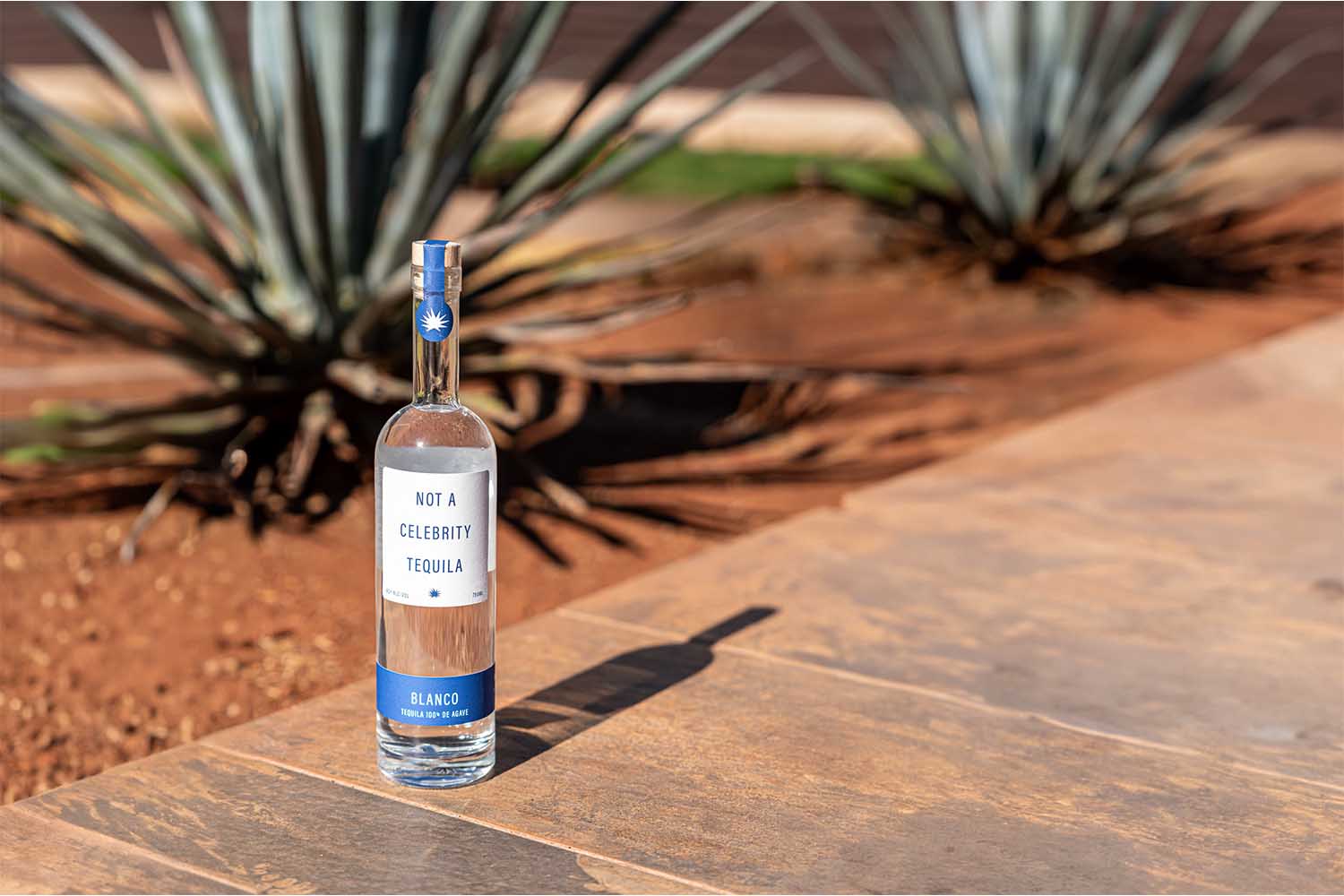
Not a Celebrity Tequila
Launching on Cinco de Mayo, this cheekily-titled blanco comes from the founders of Buena Fe, the first USDA-certified organic 100% agave tequila RTDs, and hails from the same distillery that makes El Luchador, which is also on this list. NACT is additive-free and available direct-to-consumer for now; it’s slightly sweet, a bit vegetal and full of pepper and citrus. At $40, it’s good enough to work beyond its anti-celeb statement.
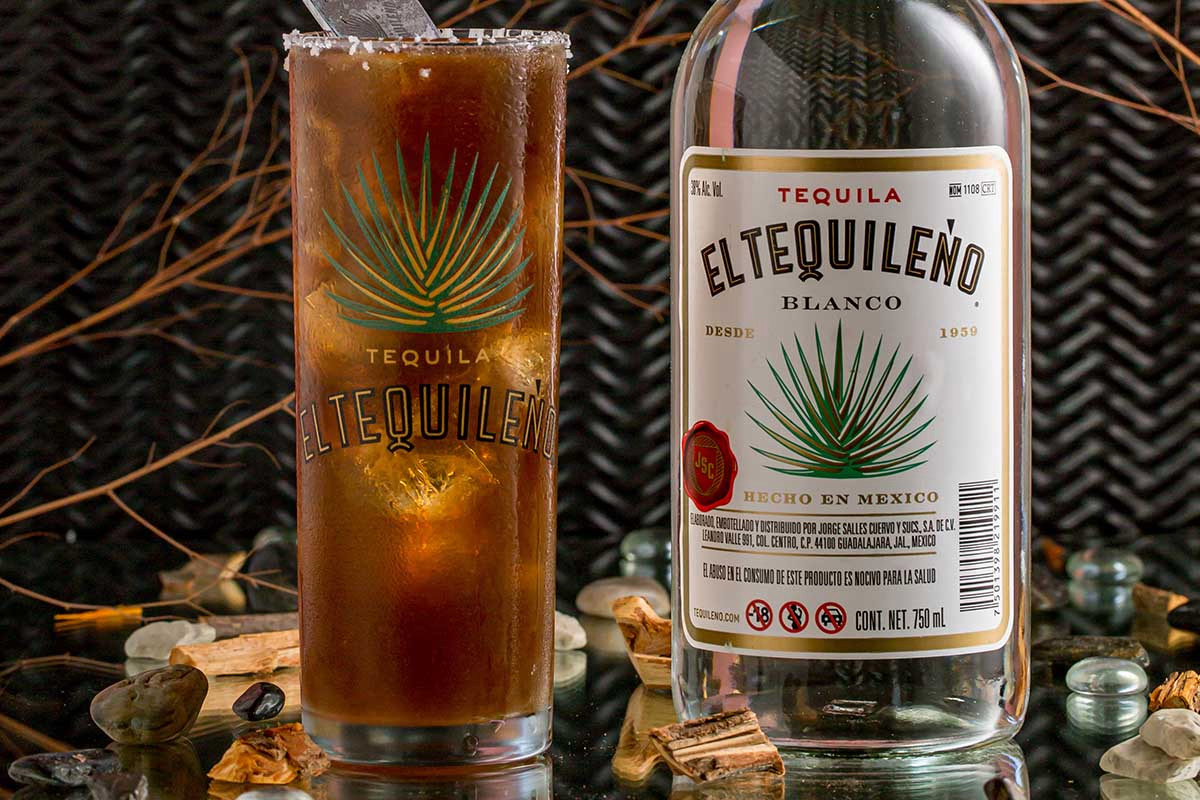
El Tequileño
It’s hard not to find a tequila on this list that’s not 100% Blue Weber agave. And while the world of mixtos is not always great, El Tequileño is a 71 percent agave and 29 percent piloncillo tequila that’s cheap and yet good enough to serve as the base for the batanga at La Capilla, a frequent “World’s 50 Best Bars” entry. On the other end of the spectrum: the distillery also has several premium, limited-edition, 100% Blue Weber agave releases, like their semi-recent limited-edition Sassenach Select (read our review here). But the whole, expanded line is excellent.
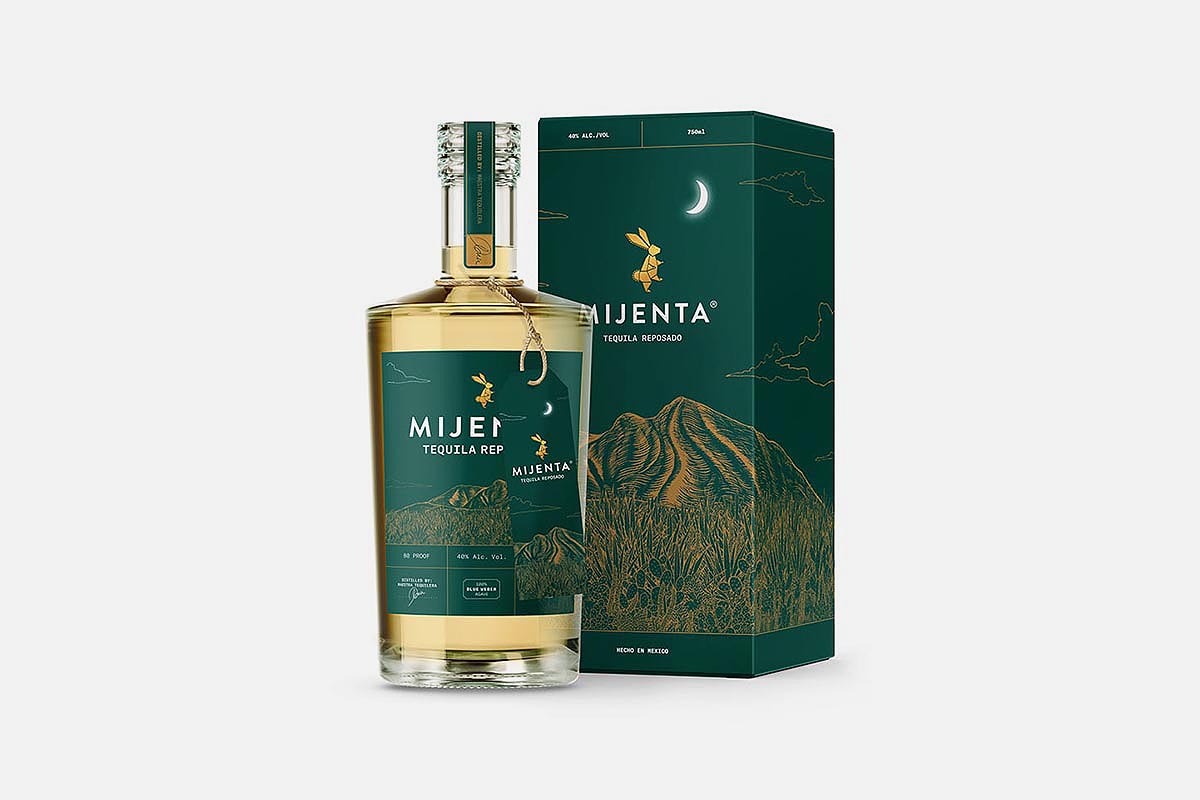
Mijenta
Aged to six months in a blend of American white oak, French oak and French acacia casks — an alternative to oak that adds body and texture — the Reposado from this Certifed B Corp tequila is one of the most complex reposados I’ve ever tasted. A lot of vanilla here, but also orange and chocolate, with a delectable mouthfeel. You can read more about this brand and Maestra Tequilera Ana Maria Romero Mena here … and find out how the brand, somehow, crafted an excellent Cristalino tequila.
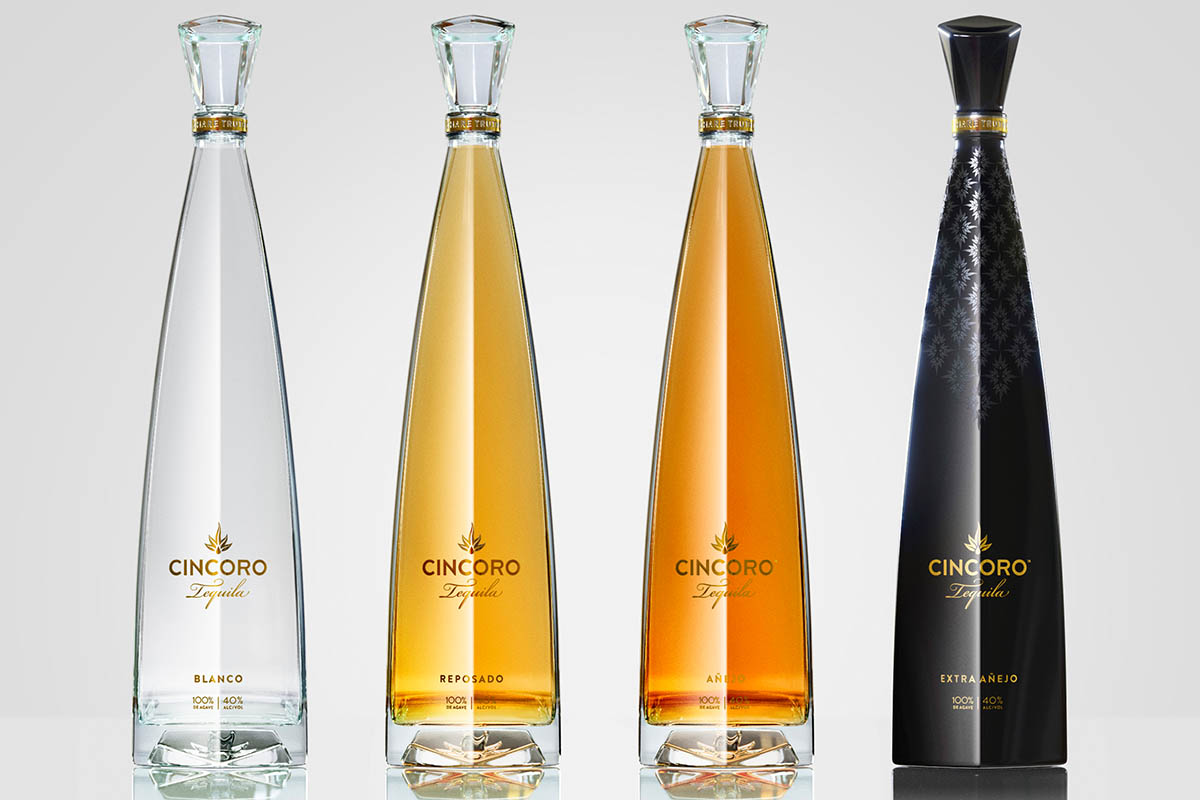
Cincoro
An agave spirit from an ownership group that includes multiple NBA owners (including Michael Jordan) and, recently, the likes of Serena Williams, Derek Jeter, Dustin Johnson, Keegan Bradley, DraftKings CEO Jason Robins and Michael Strahan. The bottles are sleek and aggressively tall, a back-bar disruptive design co-created by a Nike guru and no. 23 himself. Authentic? By most standards, no. Unequivocally excellent? Yes — the blanco, reposado and añejo all have distinct character. And pro tip: You can skip the extra añejo, which is fine but doesn’t justify its four-figure price tag. Read more here.
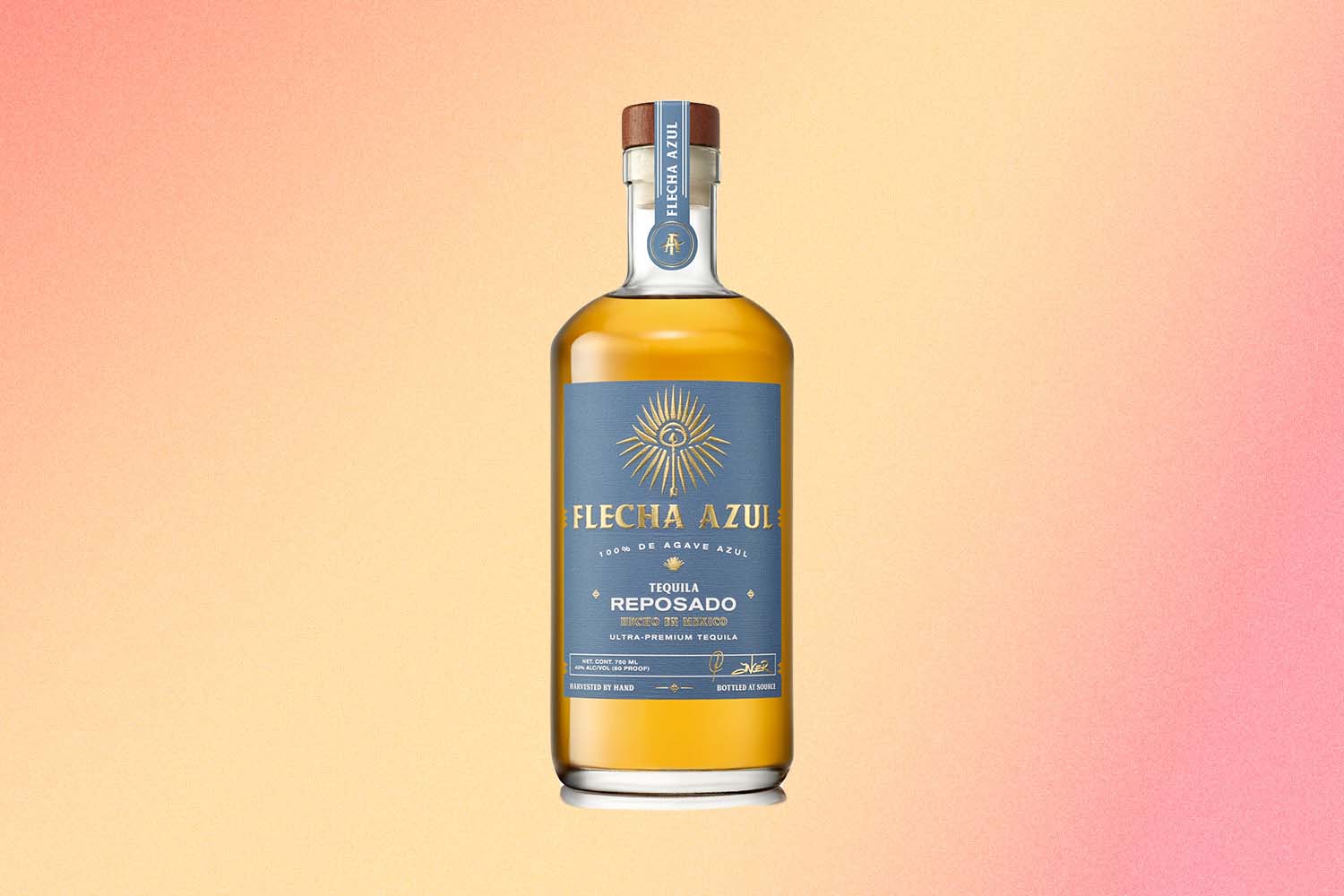
Flecha Azul
Flecha Azul hits a lot of common tequila tropes: It’s got some celebrity ownership (Mexican PGA golfer Abraham Ancer, Mexican entrepreneur Aron Marquez and actor Mark Wahlberg), it’s additive-free and it utilizes 100% single estate-grown Blue Weber Agave (plus, all the expressions are modestly priced). It stands out primarily on taste — the reposado in particular achieves the perfect balance between the bright, vegetal notes of the blanco while adding just enough vanilla and baking spices.
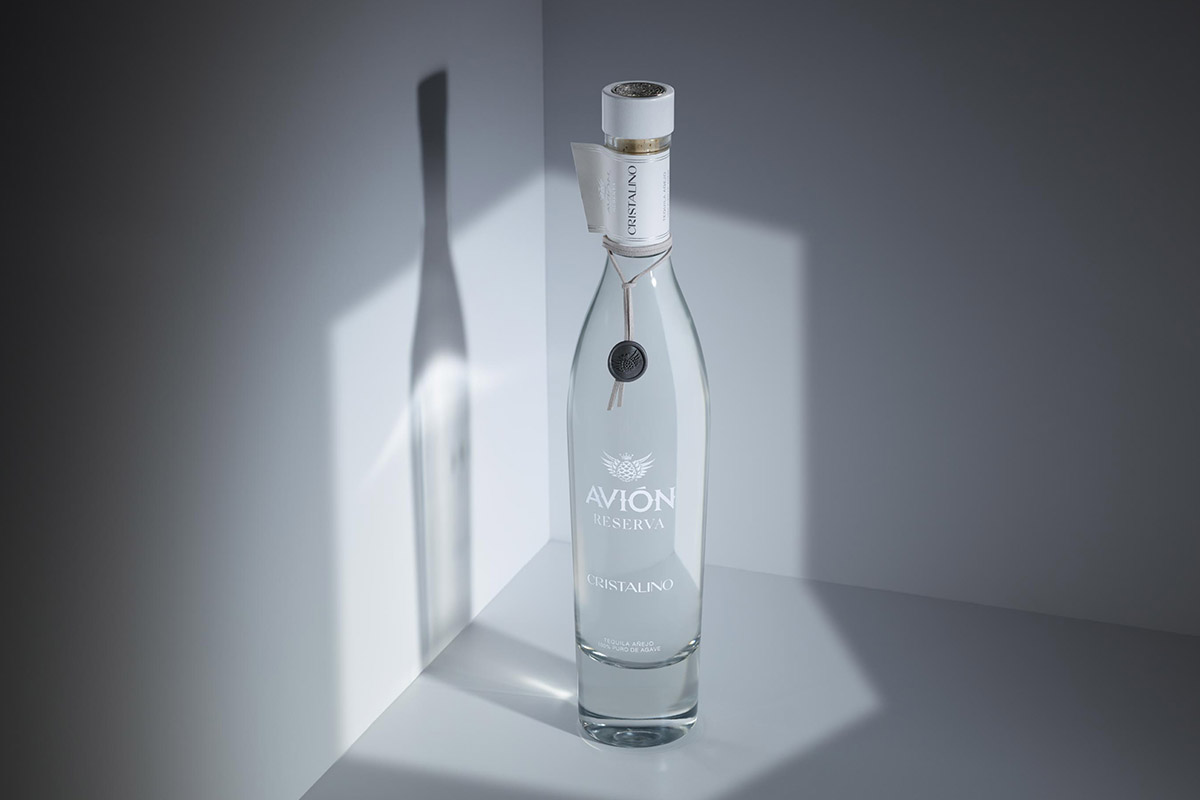
Tequila Avión
The second release from Tequila Avión in their Reserva Range, their cristalino is a blend of añejo and extra añejo that is double charcoal filtered. The nose is very reminiscent of a blanco tequila — you’ll get the minerality and grassiness. But on the palate, there is a candied citrus note, plus vanilla and a surprising amount of chocolate. Read our review here.
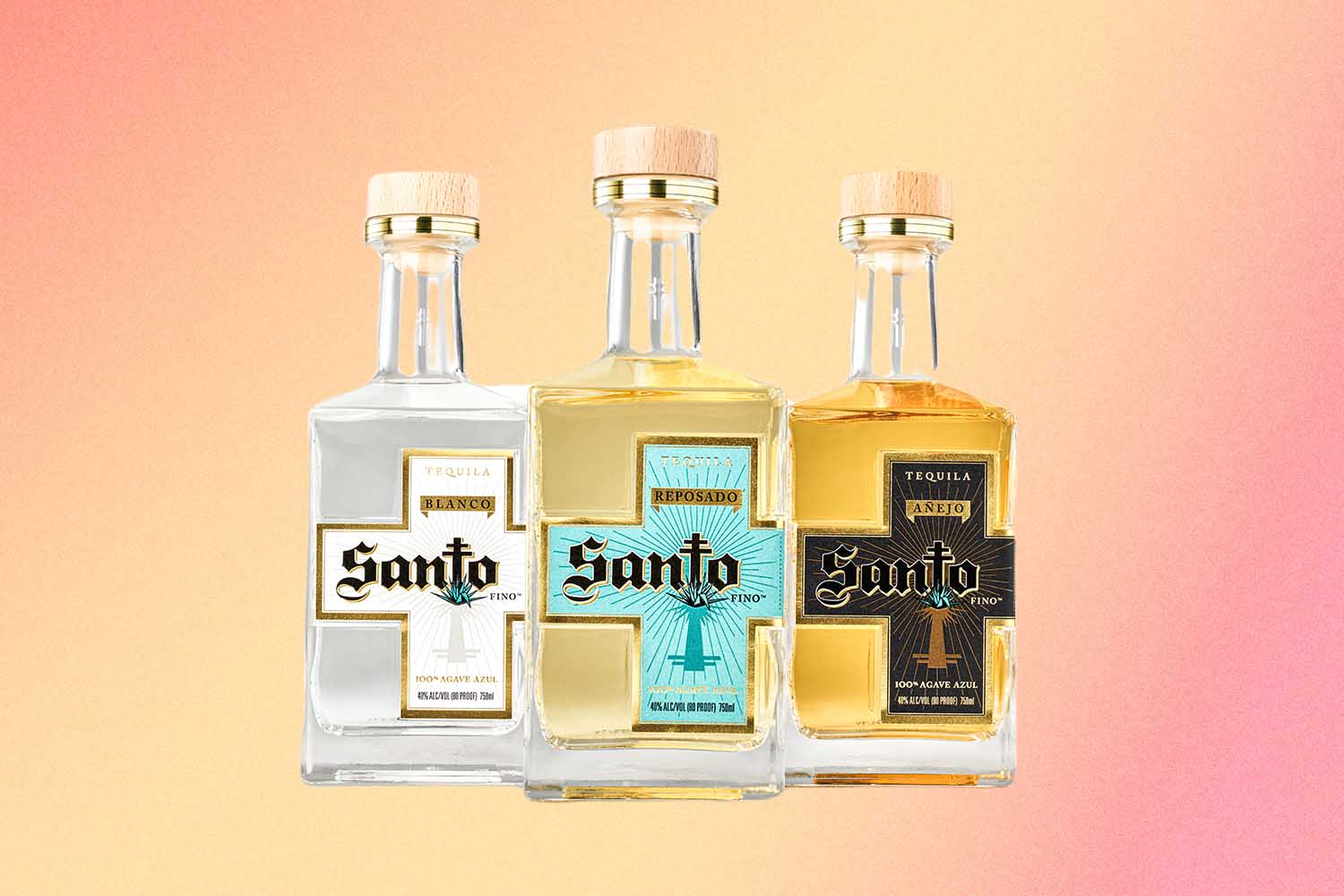
Santo Spirits
Sammy Hagar’s follow-up to Cabo Wabo — with the help of friend and celebrity chef Guy Fieri — is approachable and really brings out all the agave goodness. That’s the blanco. The mezquila (blanco + Espadin mezcal) is pretty much just a spicy tequila, and it’s good, name aside. The reposado, however, is a standout. Resting just four or five months, this isn’t an expression that’s wanting to be an añejo. Instead, it’s the best of the blanco (fruity, agave-forward) with just the slightest hint of oak and vanilla. Your batanga will never be better. (Read our interview with Hagar on his tequila here).
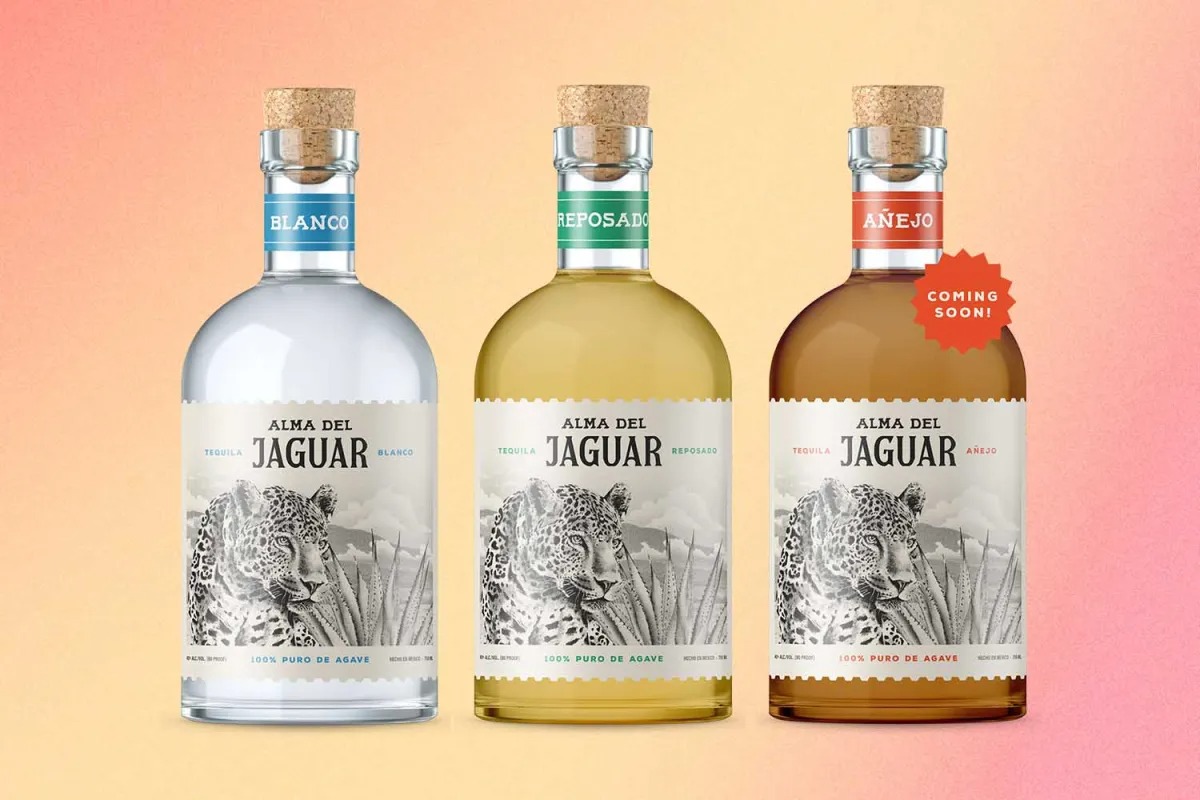
Alma Del Jaguar
Drink a Margarita, save an endangered species. That’s the idea behind Alma Del Jaguar, new 100% Blue Weber agave blanco and reposado tequilas (both additive-free) that launched last year. The juice was created, in part, by spirits entrepreneur McCauley Williams, who was inspired by his uncle’s commitment to wild jaguar preservation in northern Mexico (a portion of the bottle’s proceeds go to conservation organizations). We tried the blanco, made using Los Altos agave, brick ovens, roller mill extraction, well water and copper pot stills. Most of the tequila is fermented from natural wild yeast, and a portion is fermented from Champagne yeast imported from France. It’s a nice melange of citrus, black pepper, grapefruit and orange, with an underlying grassiness and minerality.
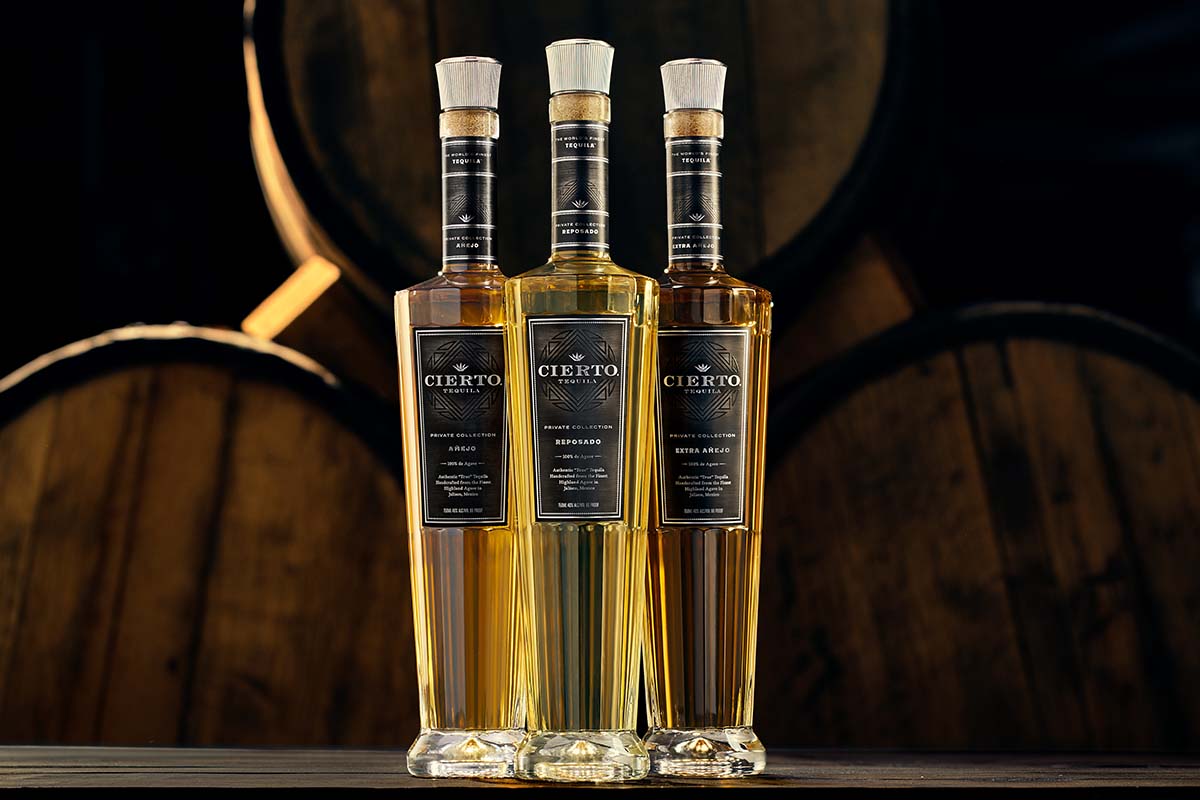
Cierto
This additive-free tequila — a coveted category that only represents about 3% of all tequila — claims to be the “most awarded tequila in history.” That’s hard to prove, but the brand (new to the U.S.) did pick up four Double Golds at the 2023 San Francisco World Spirits Competition. And for good reason: The agave spirits here — made from estate-grown agave from the Highland of Jalisco and mature primarily in French Limousin oak casks which previously contained Cognac and Armagnac — offer a silkier mouthfeel and some wonderful notes of butterscotch, tobacco and caramel (the Private Collection Reposado is a standout).
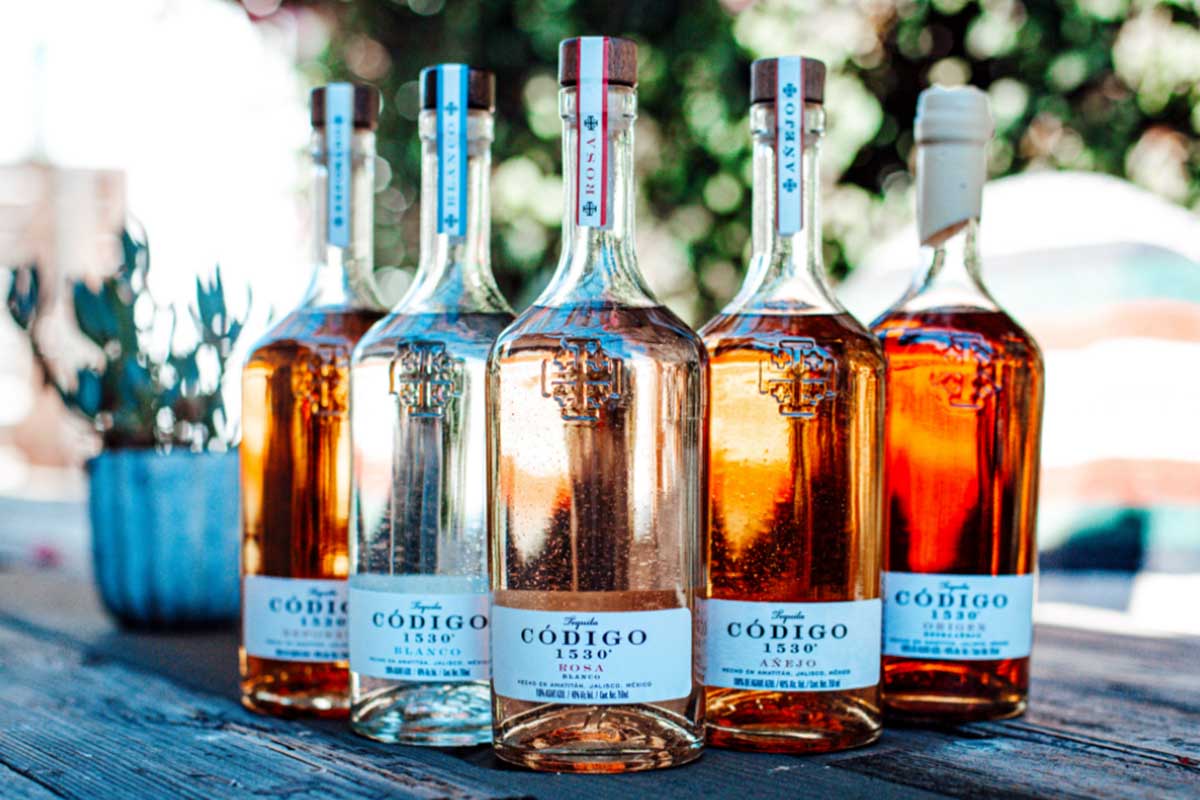
Código 1530
Country star George Strait being an owner isn’t the most interesting part here, nor is the brand’s seed-to-sip ethos (they utilize their own agave, production and bottling processes). What’s unique about Código is the aging process; the aged expressions are finished in oak barrels that once held Napa Valley cabernet, and there’s even a “Rosa” expression that’s pink and has a nice juicy and fruity element. For a celebrity tequila, and just a tequila in general, it’s a standout.
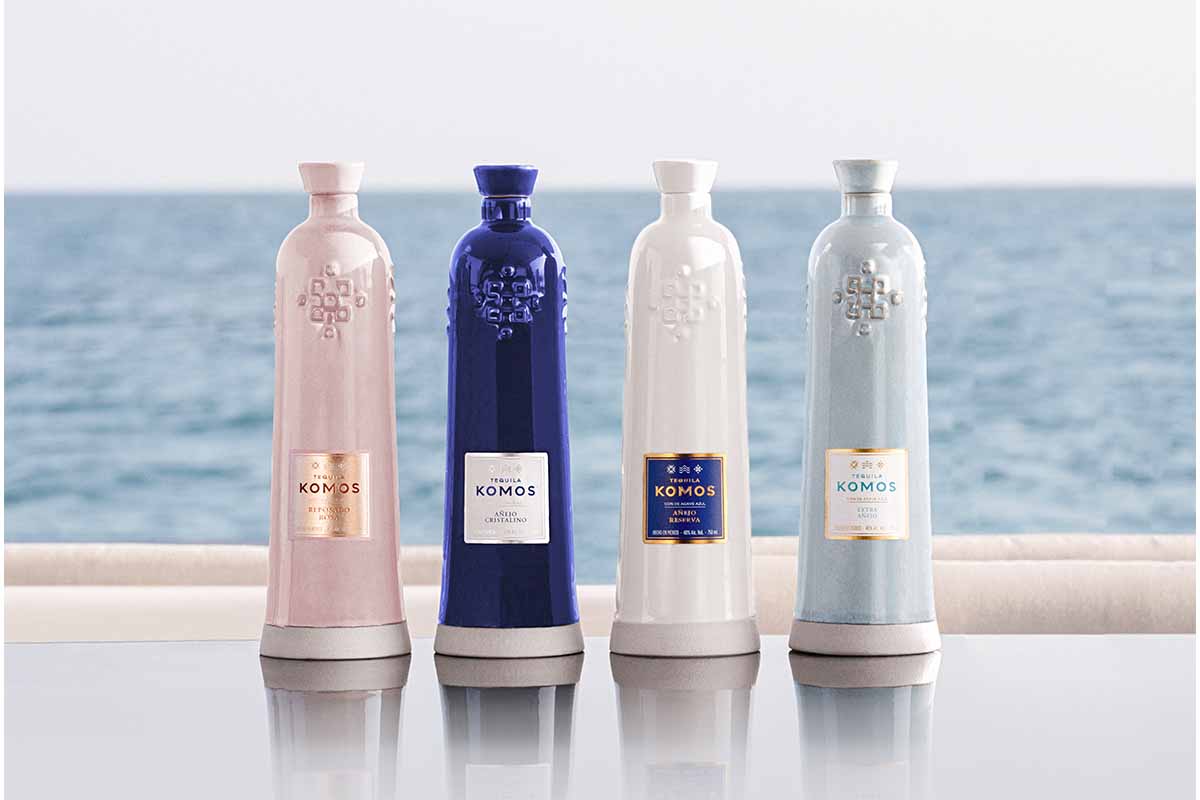
Tequila Komos
Inspired by Mediterranean winemaking and presented in ceramic bottles, these tequilas are aged in wine barrels and aerated to finish. Available in four expressions (Reposado Rosa, Añejo Cristalino, Añejo Reserva and Extra Añejo), the Extra Añejo scored the first 100-point score ever by The Tasting Panel. Our favorite is the Reserva — aged in French oak wine barrels, bourbon barrels and sherry casks, it achieves a wonderful and sweet jamminess with hints of cocoa and the earthy agave notes intact.
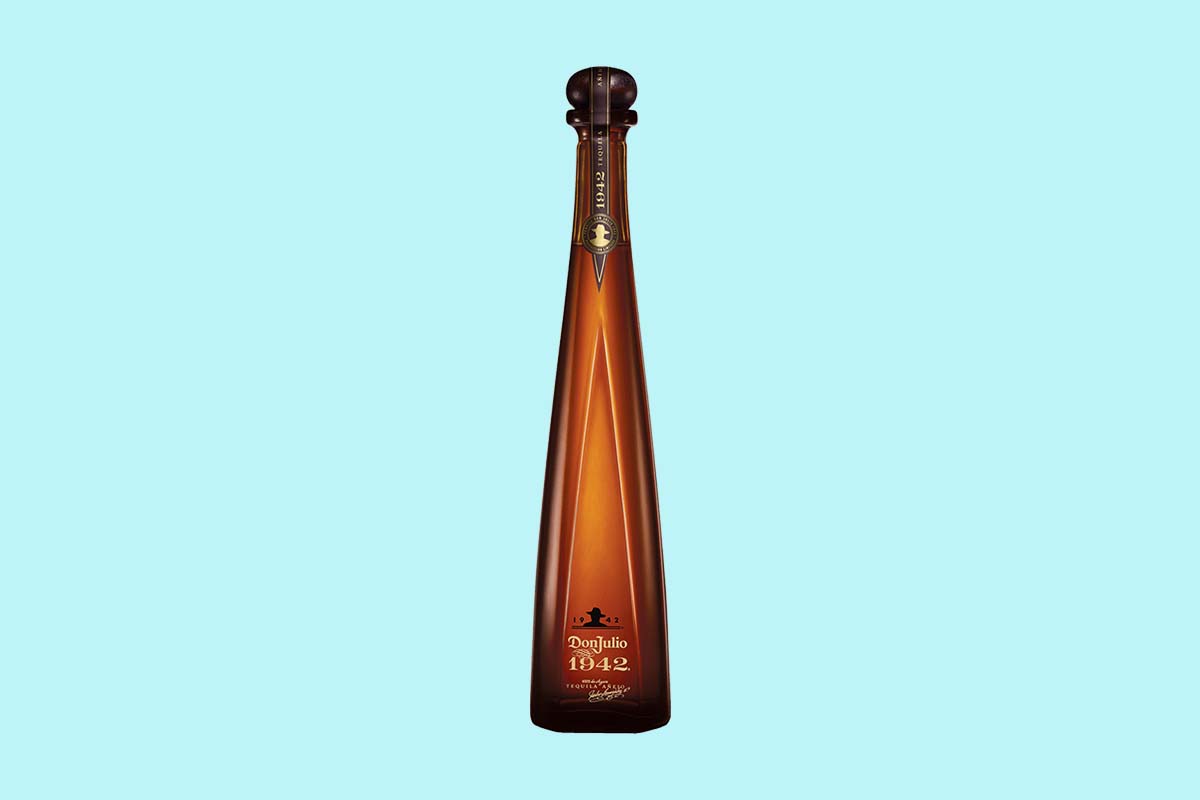
Don Julio
The first tequila I actually loved (and still do), Don Julio was started in 1942 — which explains the name of the distillery’s sipping tequila that you see on the top shelf of most bars. The whole line is solid, and the blanco remains a favorite. For something a bit different from their core line, try Don Julio Primavera, which takes their Reposado release and finishes it in orange wine casks.
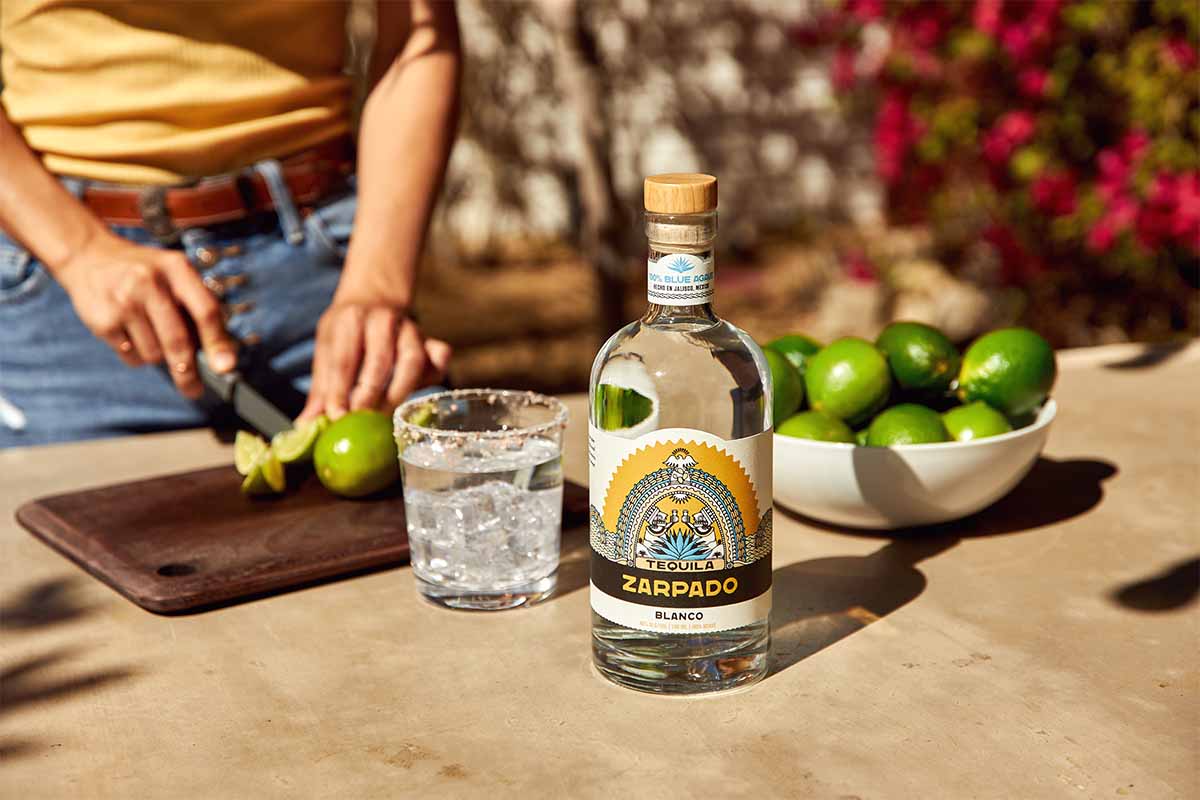
Tequila Zarpado
There’s nothing unique about this tequila brand except for the price. To find a blanco and reposado with real character (earthy, a slight minerality, spicy) at around $25 is a steal.
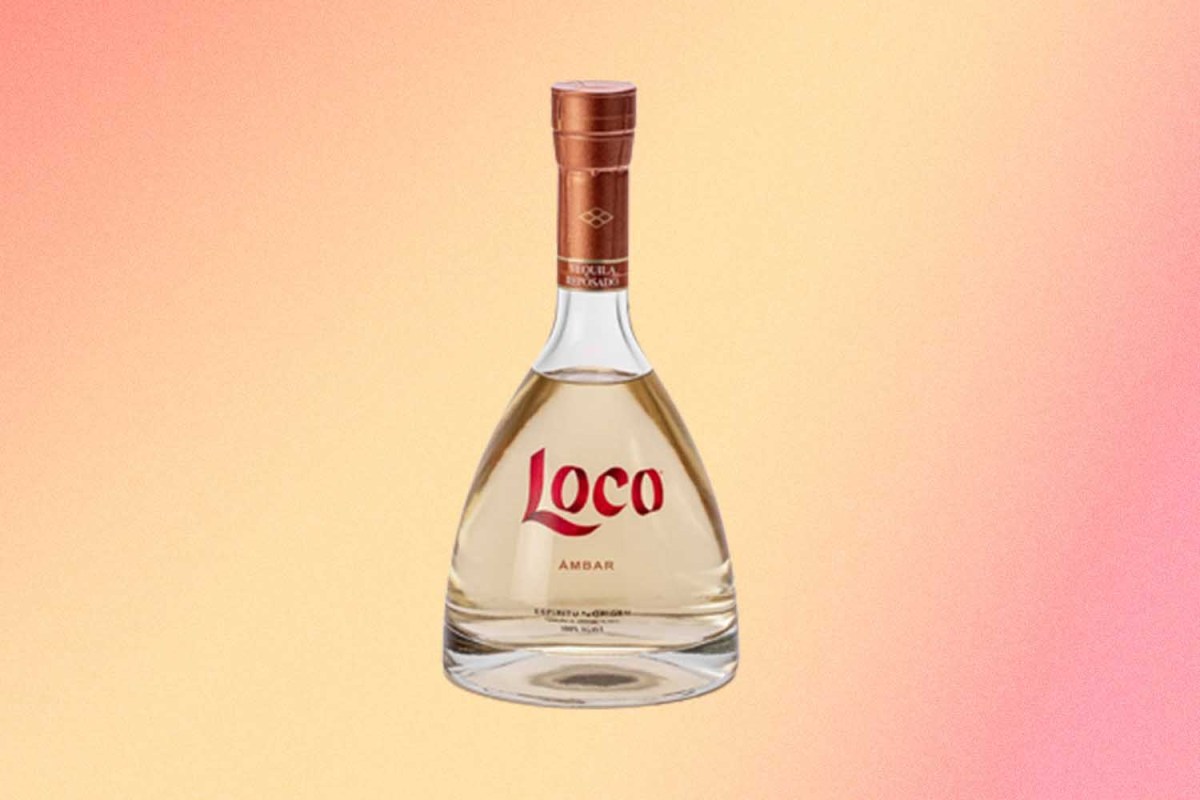
Loco
Hailing from the Valle del Arenal, Loco owns and farms over 200 acres of agave fields surrounding the town of El Arenal. They’ve also recently restored a nearby 200-year-old hacienda that was abandoned in the 1950s. Maestro Tequilero Alberto Navarro uses a selection of proprietary methods–historical native yeasts, a three-part fermentation process, blending techniques (even for the blanco) borrowed from Scotland—to craft a herbaceous blanco and, most interestingly, a reposado that’s a complex and elegant wonder, thanks to aging in an array of casks (Irish whiskey that also held stout beer, plus French oak and ex-Sherry and Port barrels).
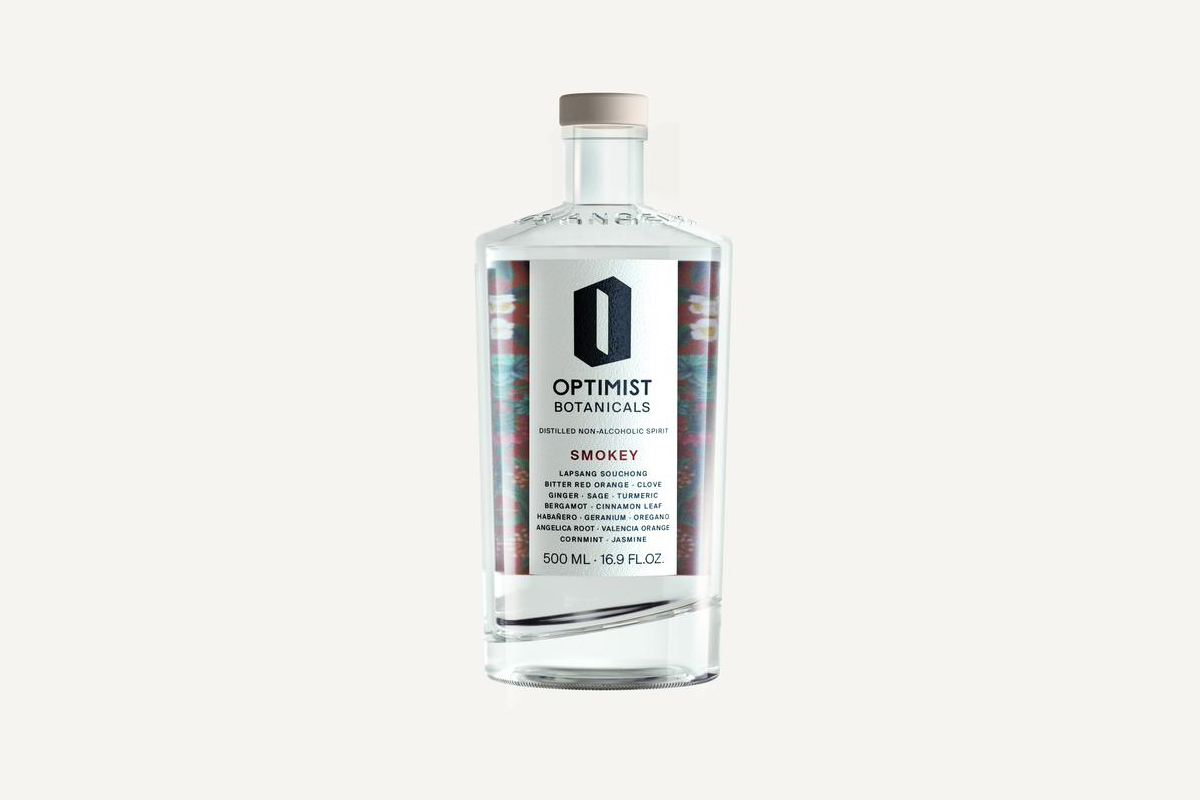
Optimist Botanicals Smokey
Yes, you have an alcohol-free “tequila” option, and it’s crafted by a master distiller. The Smokey is gentle and flavorful and can work as a tequila/mezcal base for a cocktail. For more booze-free options for any day of the year, read our story here.
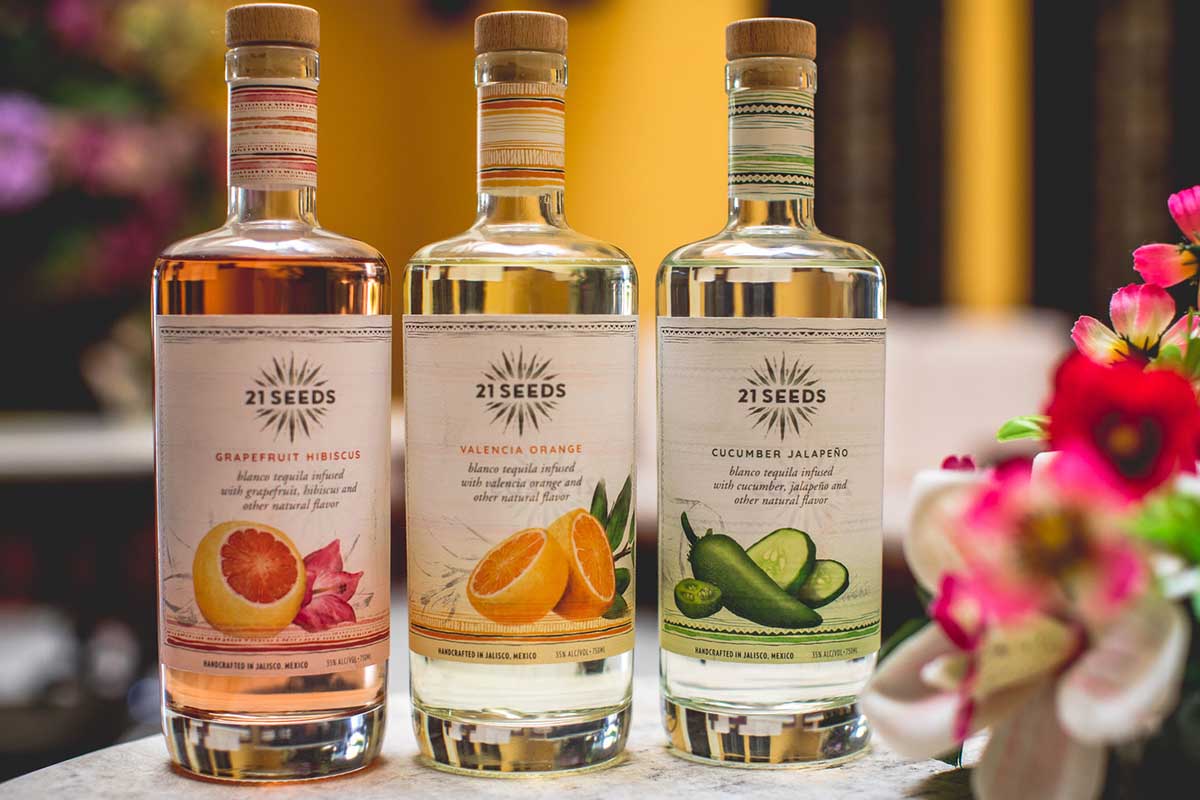
21 Seeds
Blanco tequila infused with grapefruit and hibiscus (they also offer Valencia Orange and Cucumber Jalapeño flavors). 21 Seeds is also female-owned, also a rarity in the spirits world. The fruit on the nose here is exquisite. That said, it’s not a sipper, but rather your ideal base for a Paloma.
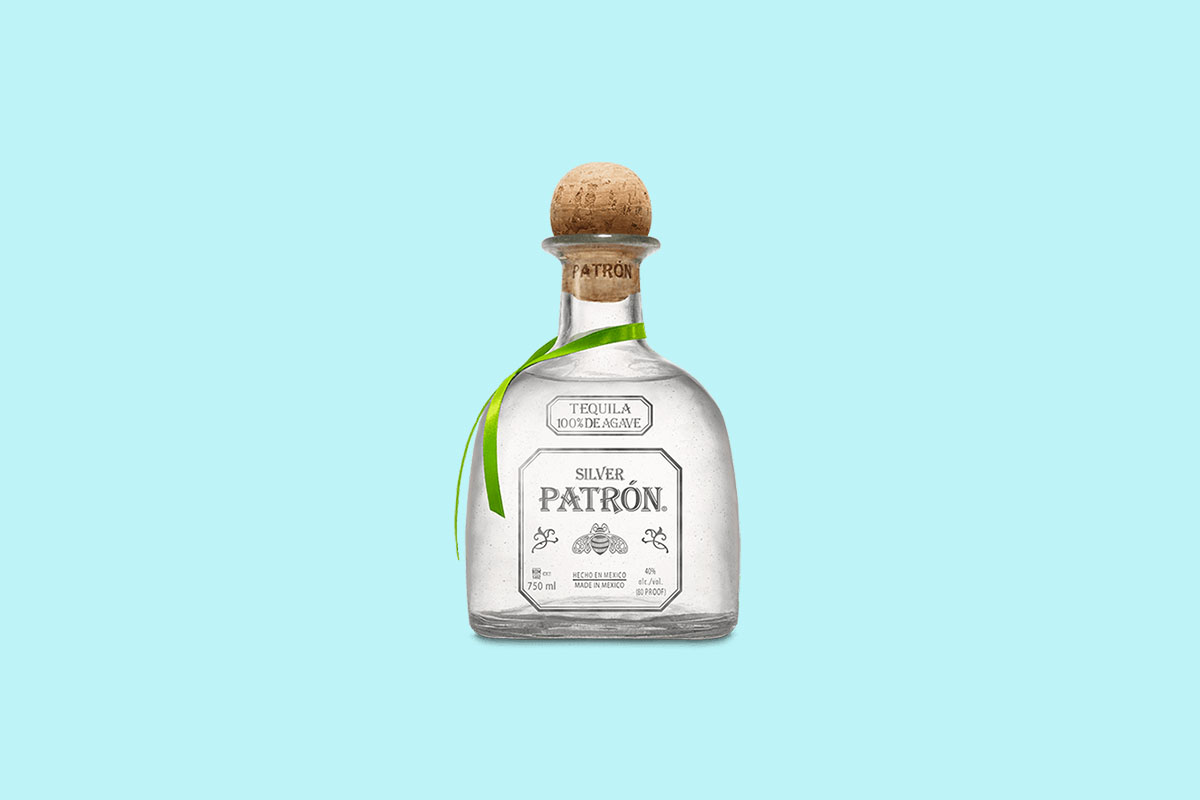
Patrón
Chances are the bar you’re going to this week will have Patrón. You may have to pay extra for it — that’s fine. Even if you’re very familiar with this premium tequila, it’s nice to have around (and it’s additive-free, which isn’t as common as you think). We’ll stick with the classic blanco/silver (citrus, agave, pepper … it’s a nice, bright combo of flavors and aromas), but the brand has several luxury tequilas worth checking out.
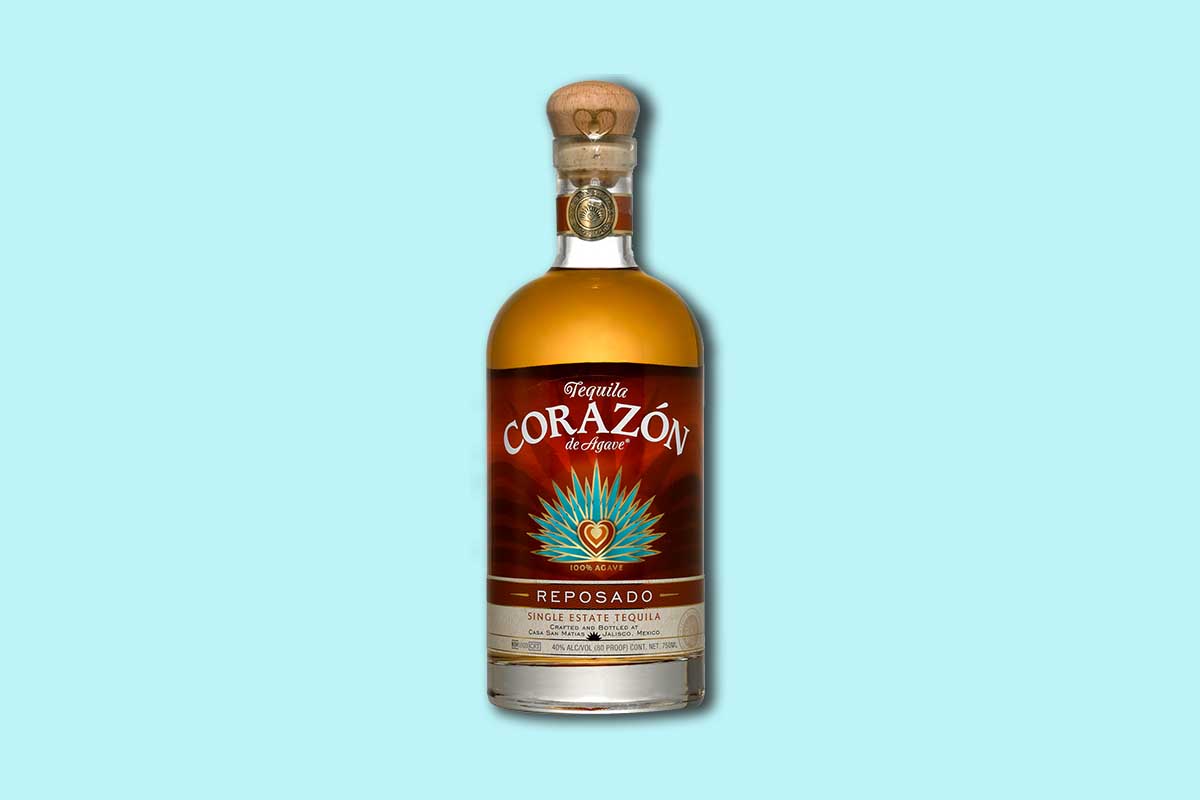
Corazón
Not only did Corazón win World’s Best Tequila at 2021’s World Tequila Awards, it hails from a female-owned distillery headed up by a female distiller. Does the Reposado match the hype? It features nice flavors of cooked agave, cinnamon and vanilla, falling more toward an añejo. It’s rich and pleasant.
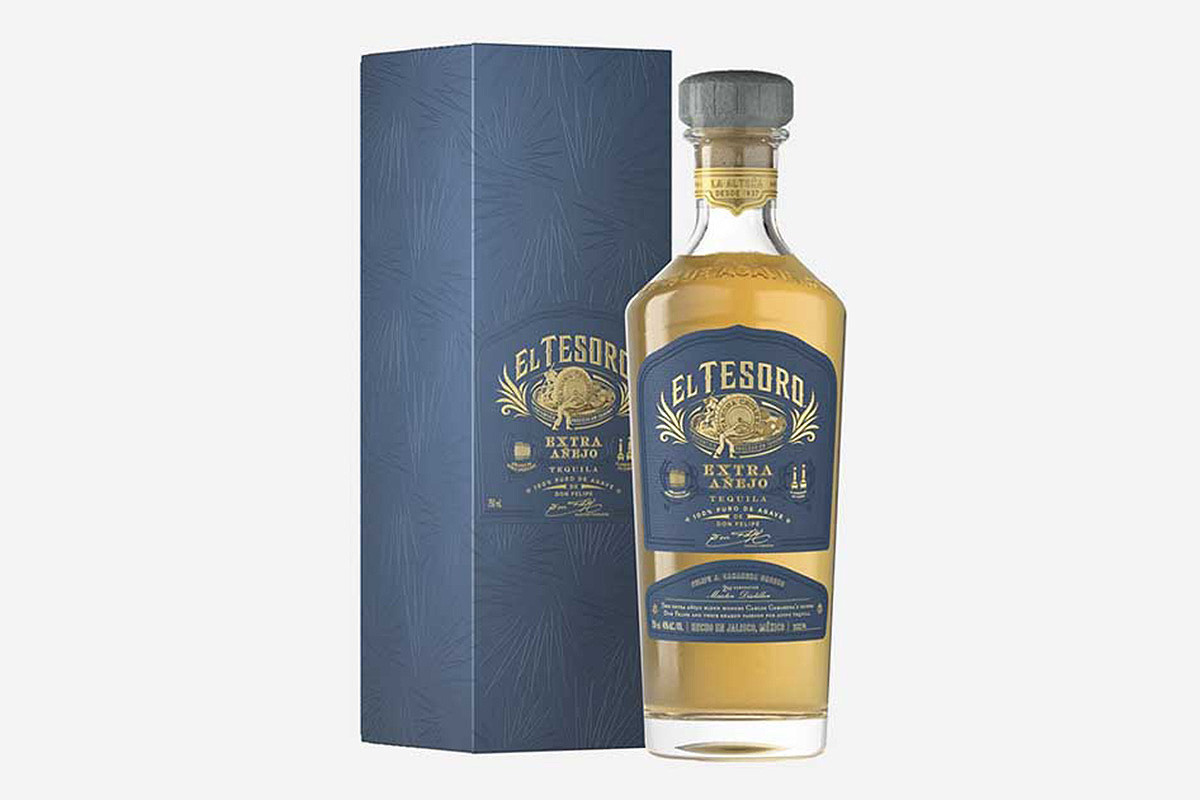
El Tesoro
Not all extra-aged tequilas lack agave character. For the extra añejo, El Tesoro blends four- and five-year tequilas in old bourbon barrels to realize a delicate sipping tequila that delivers sweet and smoky notes in perfect lockstep. It works equally well as a pre-dinner palate cleanser or an ideal pairing with dessert. That said, the whole line of El Tesoro, including the blanco, is magnificent and well-priced for its premium character.
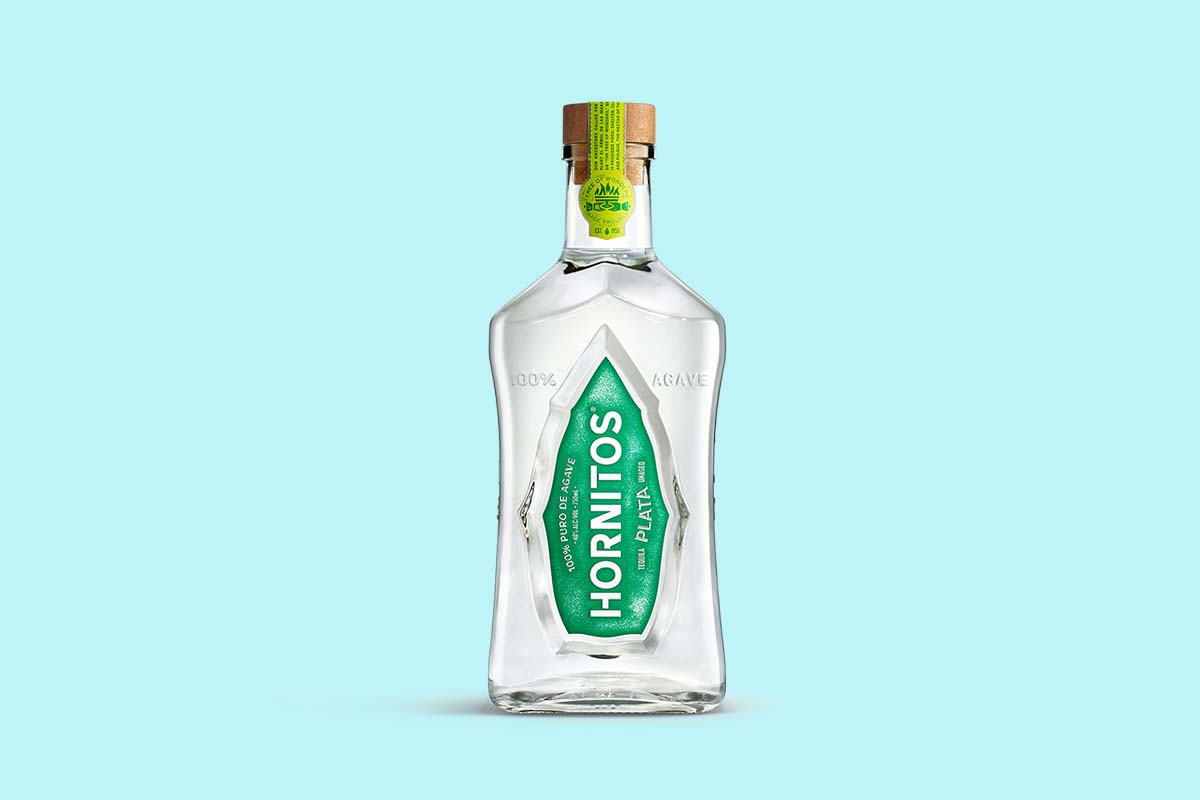
Hornitos
A respectable and inexpensive tequila — their Plata (Blanco) isn’t for deep contemplation, but it’ll be a crowd-pleaser for your mixed drinks or shots. And that versatility (and good price) is key here — it’ll work just fine for margaritas, palomas and, as we learned a few winters ago, spiked hot chocolate.
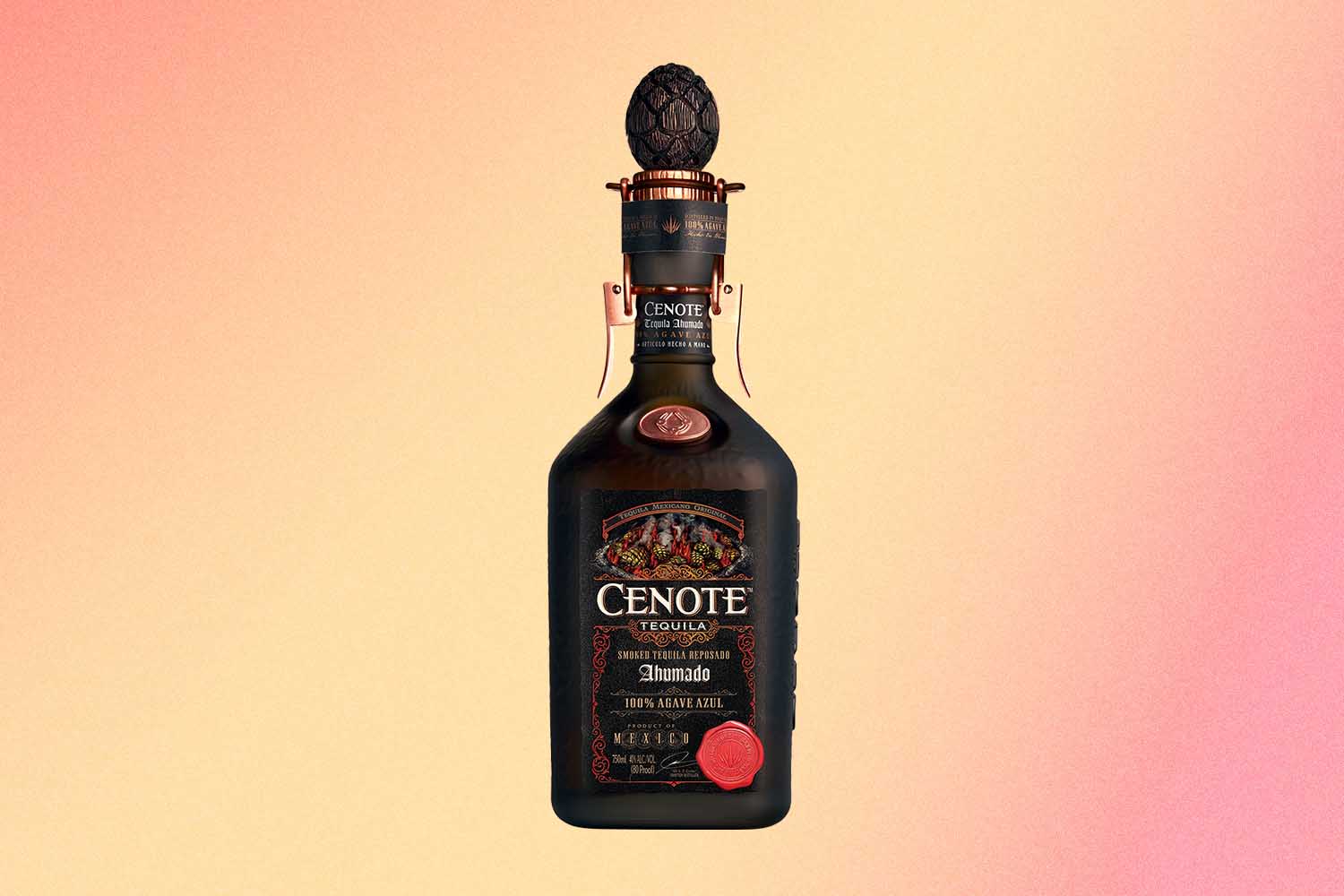
Cenote
Stoli Group oversees this interesting tequila brand, headed by Master Distiller Arturo Fuentes. They’ve got an experimental side, as noted by releases like Cenote Green Orange Tequila and Cenote Ahumado Tequila, the latter of which finds the agave pinas roasted over a wood fire, imparting flavors you’d more often find in a mezcal (which is all balanced out by a wonderful oak spice and butterscotch).
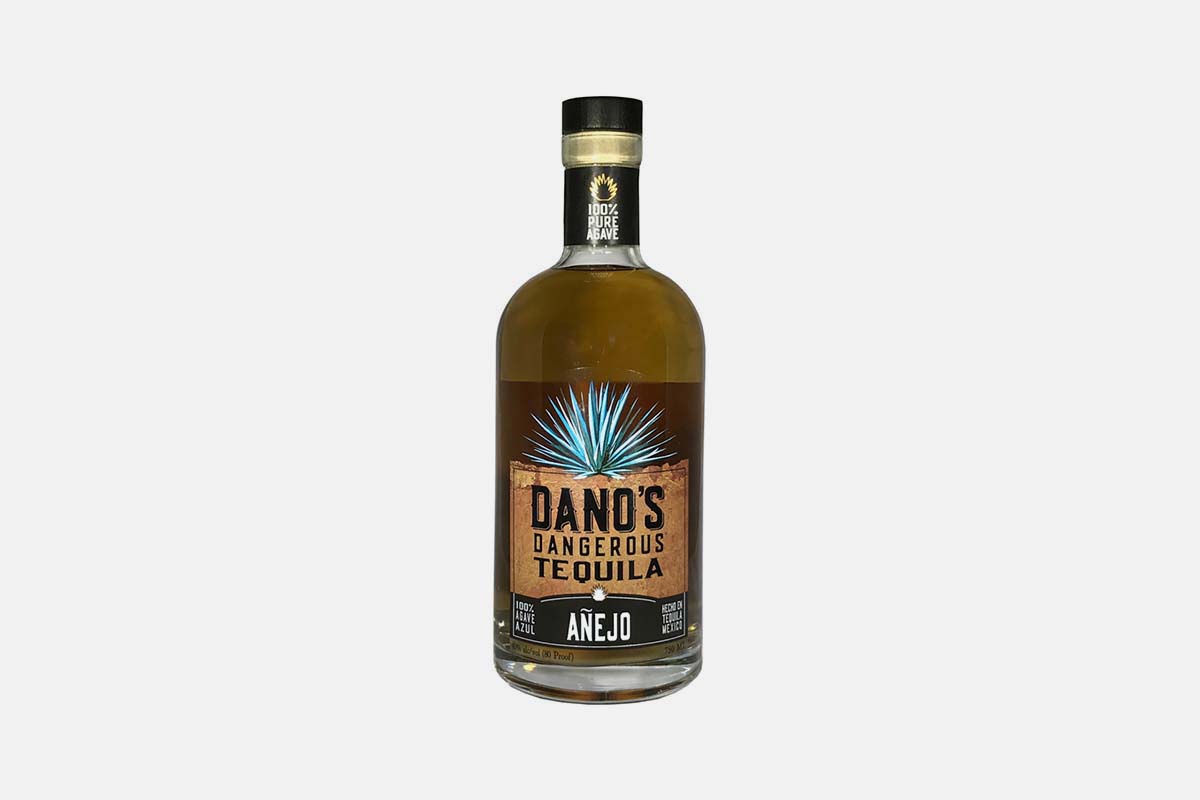
Dano’s Dangerous Tequila
Spending 12-18 months in virgin white oak barrels, this strangely named spirit — perhaps a nod to the company’s origins as an infused tequila — took home the best añejo at the 2020 San Francisco World Spirits Competition (in spite of its name and Colorado backstory, the tequila works with a fourth-generation, female-owned distillery that’s the second-oldest tequila distillery in the world). Not as heavy or sweet as other aged tequilas, this is a refined take on agave that veers more toward Cognac or wine.
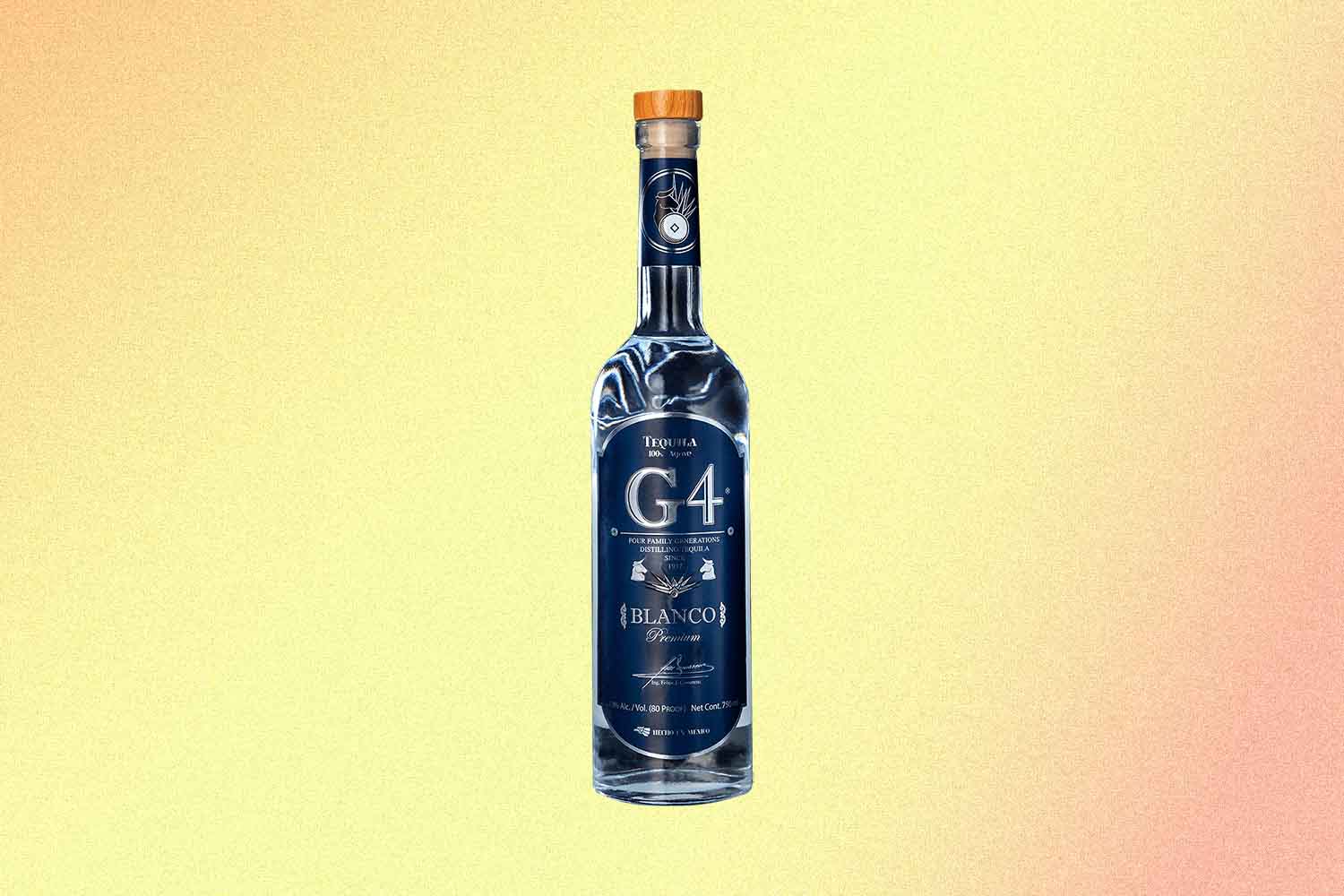
G4
The Camarena family has been distilling tequila since 1937. Fun story: This line of additive-free tequilas was actually recommended to me, on the sly, by another tequila brand on this list. I can see why: The blanco is citrusy and grassy, and it features a slight minerality and even a hint of cloves — it’s exceptionally bright and the mouthfeel is exquisite. Better yet? Buy the high-proof version. And if you can somehow find their 6-Year Extra Añejo, by all means, buy a bottle.
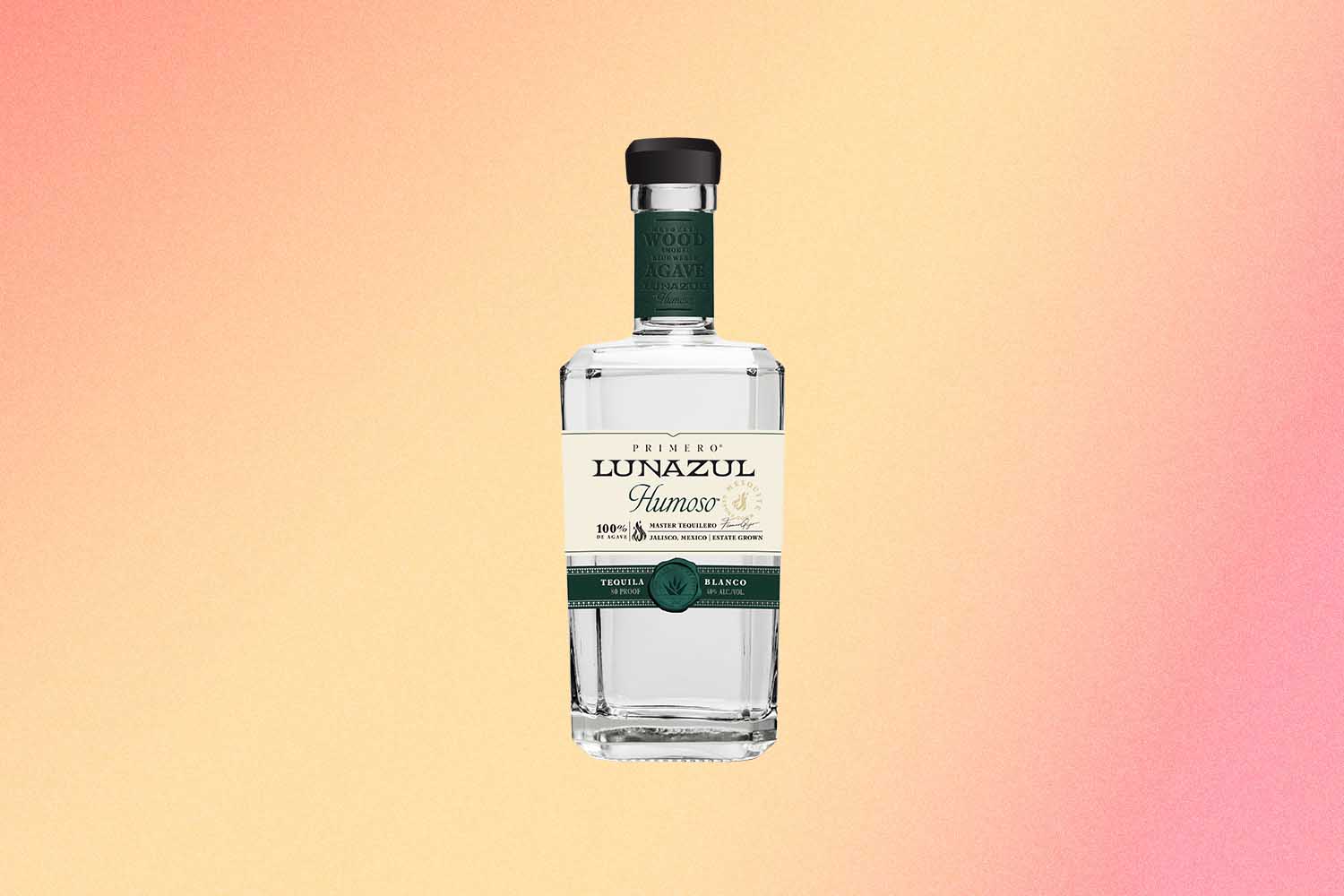
Lunazul
There’s a lot of heritage here: Lunazul was founded by Francisco Beckmann, a seventh-generation descendent of Jose Antonio de Cuervo. And the brand’s big selling point is to keep things affordable ($20 is a starting point for these expressions). Their El Humoso bottle, which gets its campfire element from smoked mesquite wood, is part of a small but growing trend in the tequila business to make things a bit smoky (but not quite like mezcal).
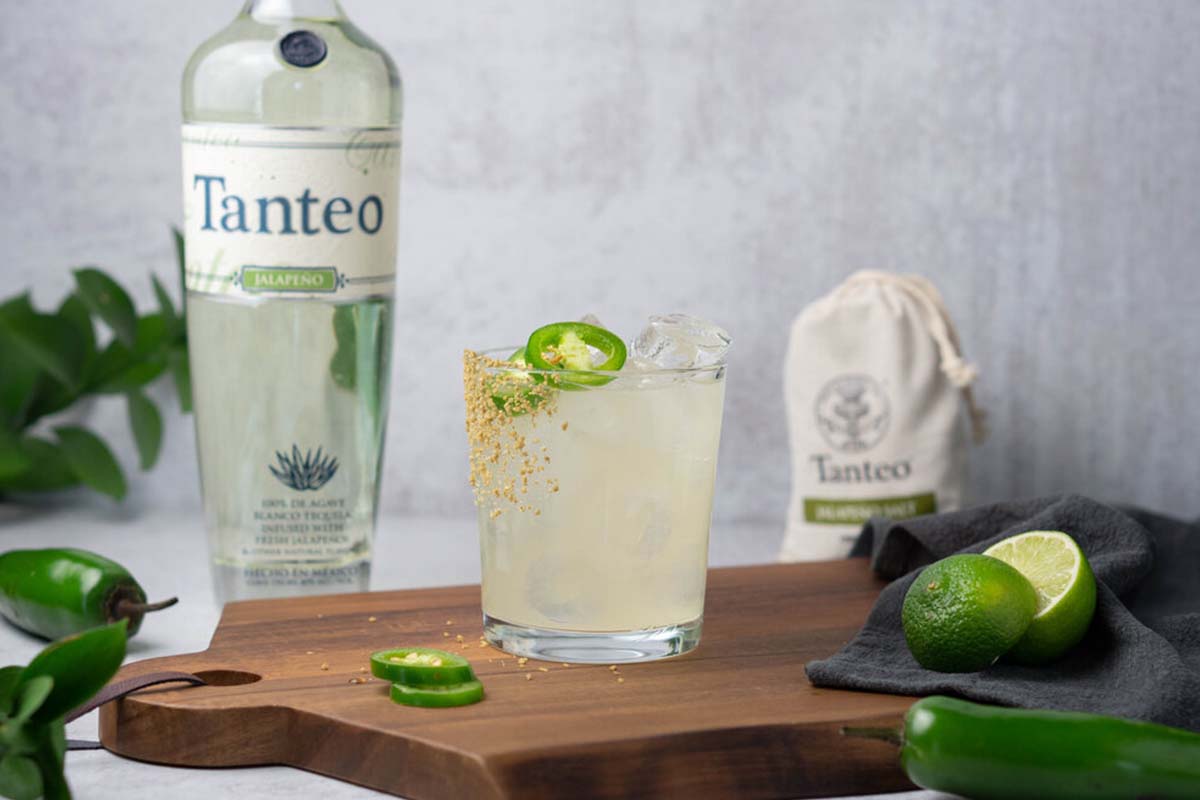
Tanteo
Formerly owned by a co-op of agave farmers (before a sale to, randomly, Tennessee’s Ole Smoky Distillery) and featuring a workforce that’s 80 percent female? That’s great, but you still have to make an interesting product … and Tanteo does. Loosely inspired by a cocktail from Death & Co., the founders of Tanteo decided to make their tequila products infused, with the idea that you can use it as an instant base for spicy drinks. The jalapeño is a standout, and interestingly, their non-infused blanco is about as good as you can get in the category. A full overview of their pre-sale history, along with recipes, can be found here.
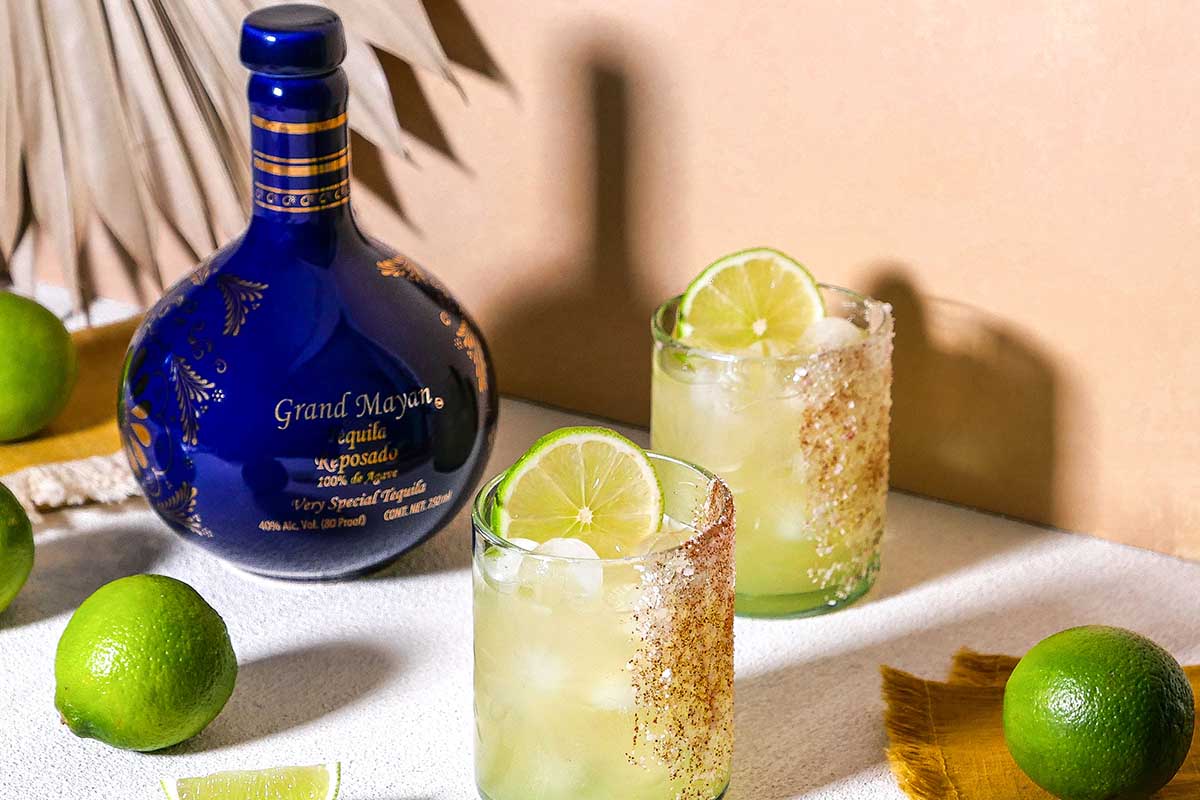
Grand Mayan
“Take a look at our bottles,” as the Grand Mayan site requests. It’s certainly the best packaging for a tequila we’ve seen, and the tequila inside is pretty nice, too — the reposado offers hints of caramel, oak and vanilla, without sacrificing the agave notes.
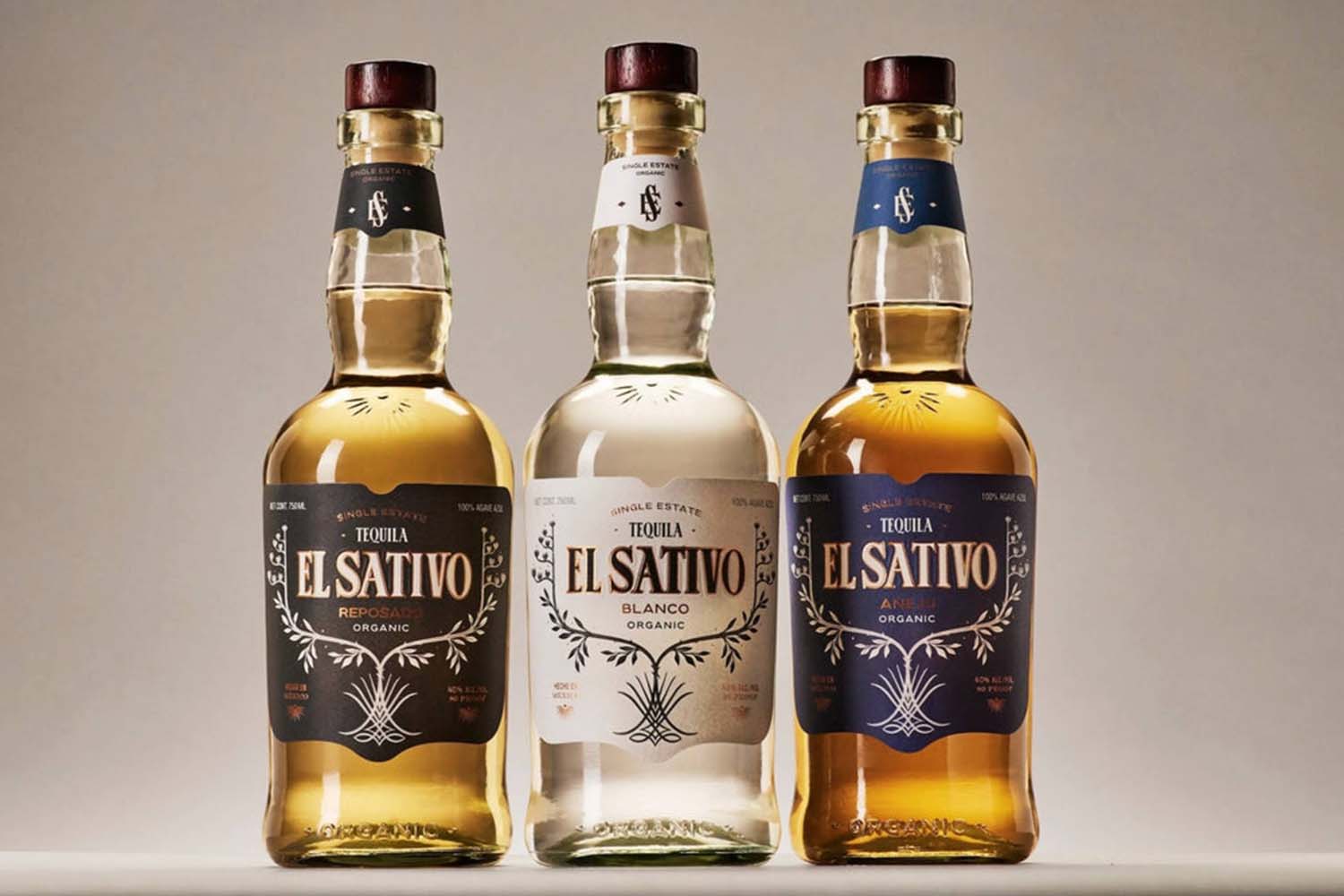
El Sativo
El Sativo checks pretty much all the boxes: it’s kosher, organic, single estate and vegan. The SFWSC winner for best blanco in 2020 features a peppery, fruity kick of agave and certainly puts me in a good mood.
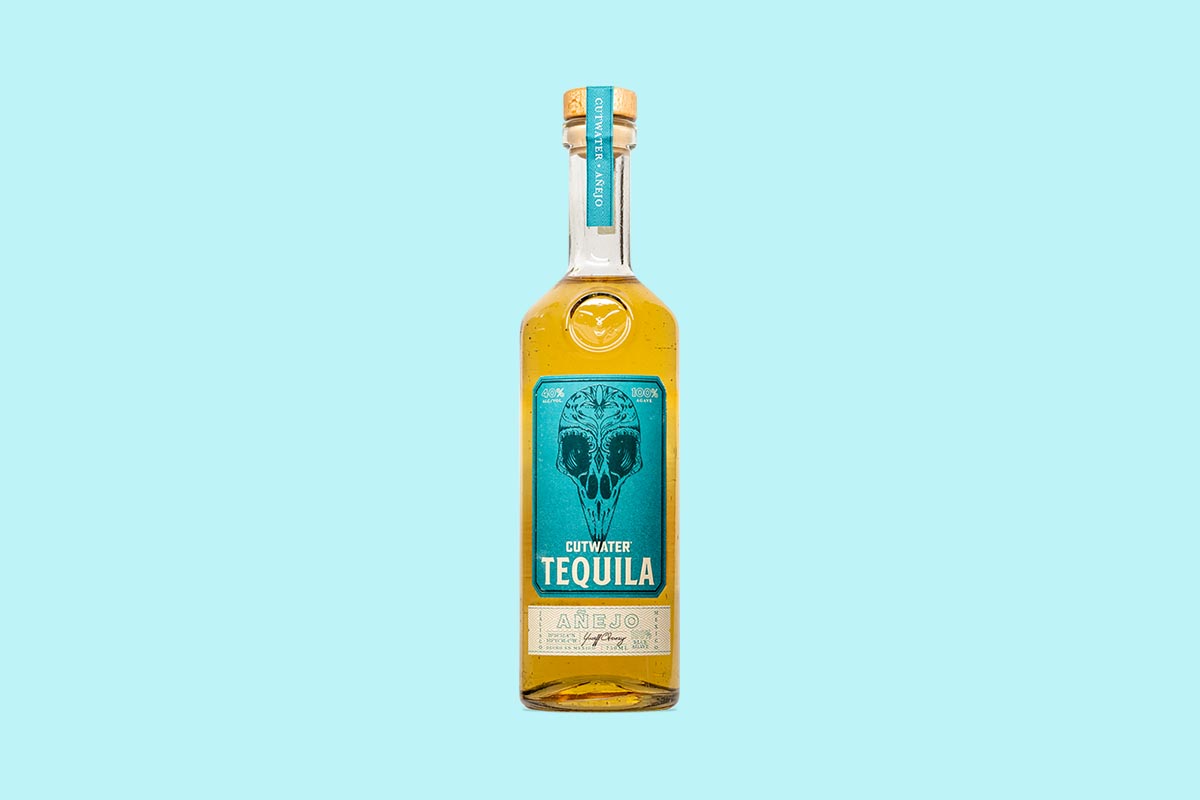
Cutwater
While you may know the San Diego-based distillery for its ready-to-drink canned cocktails (or as a spinoff from Ballast Point Brewing), their bottled spirits are starting to get some recognition. To wit: this tequila won an SFWSC award for best añejo. The oak, butterscotch and vanilla notes are readily present here — if you want an añejo for cocktails, this might be your best bet for the modest price.
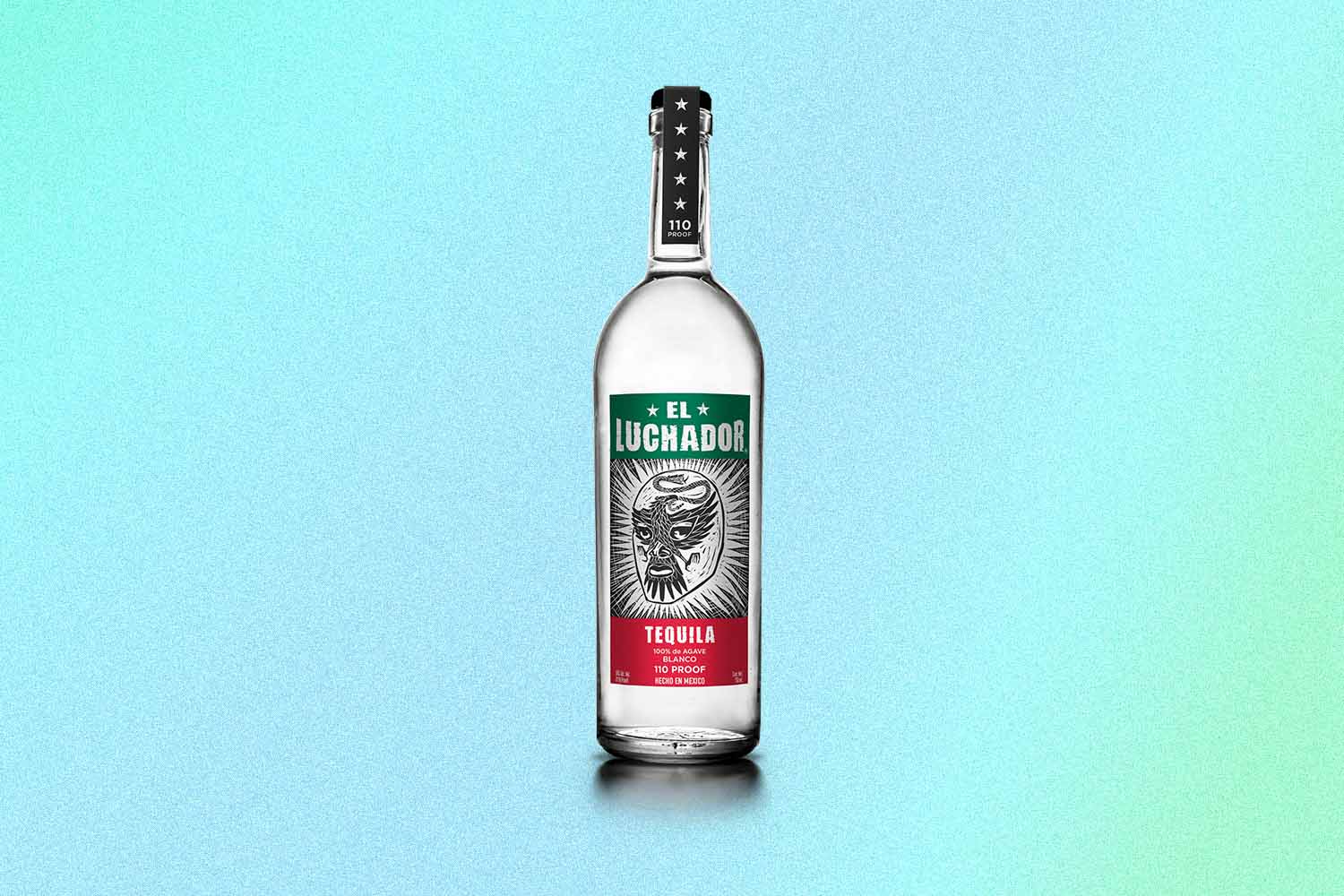
El Luchador
Recently relaunched and inspired by lucha libre masked wrestlers, this modestly-priced line of tequilas features Reposado- and Anejo-aged expressions that rested in French white oak barrels that once held the wines of Puligny Montrachet. Interesting, but we’re here for the 55% ABV Distill-Proof Blanco Tequila, a surprisingly sweet and unsurprisingly robust spirit that should be your base for any tequila cocktail.
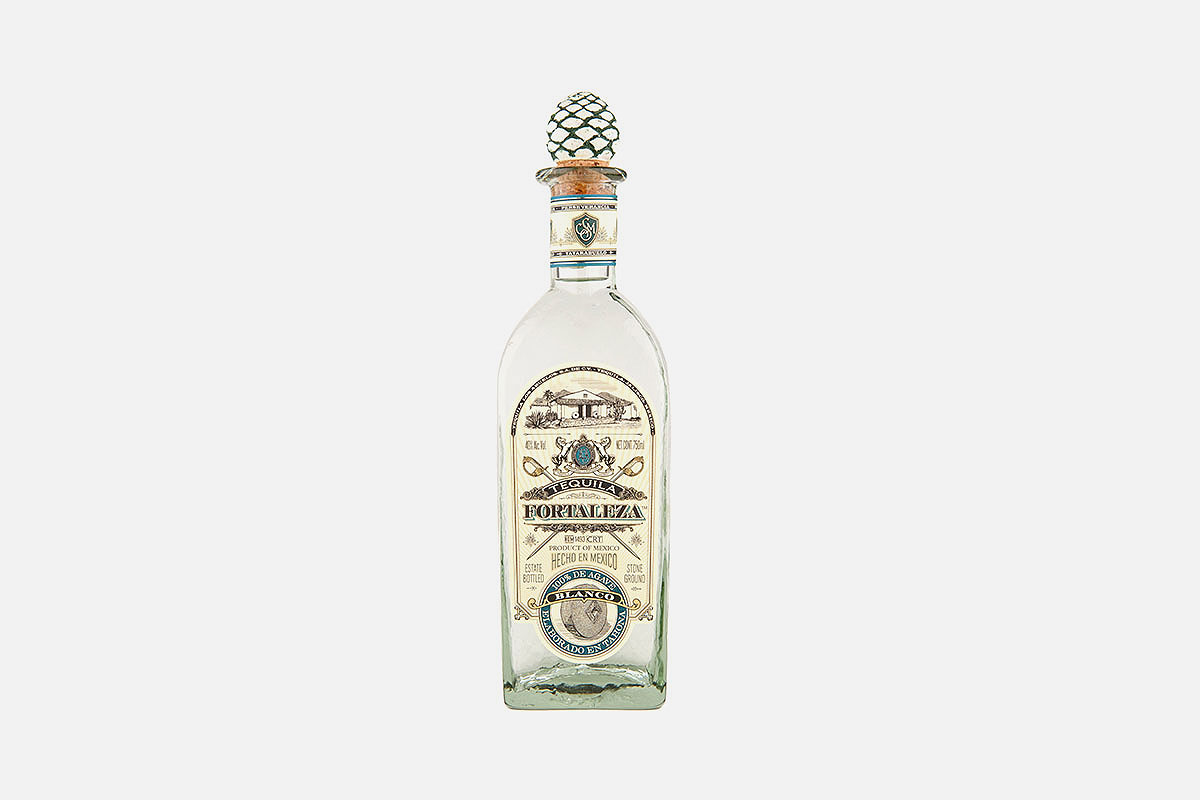
Tequila Fortaleza
Tequila enthusiasts rave about this agave release. As former bartender Ryan Wainwright (and now drinks brand ambassador) told us a few years back: “The flavors that come out of this tequila are the most interesting and ‘dirty.’ It could be the tahona-ground agave, but it’s most likely that the distillers ferment the agave in wood tanks, lending it to flavors like olive brine, citrus peel and fresh herbs. And I love the handwritten batch numbers on the back of every bottle. I suggest you taste different batches and find differences in each one.” So, start drinking.
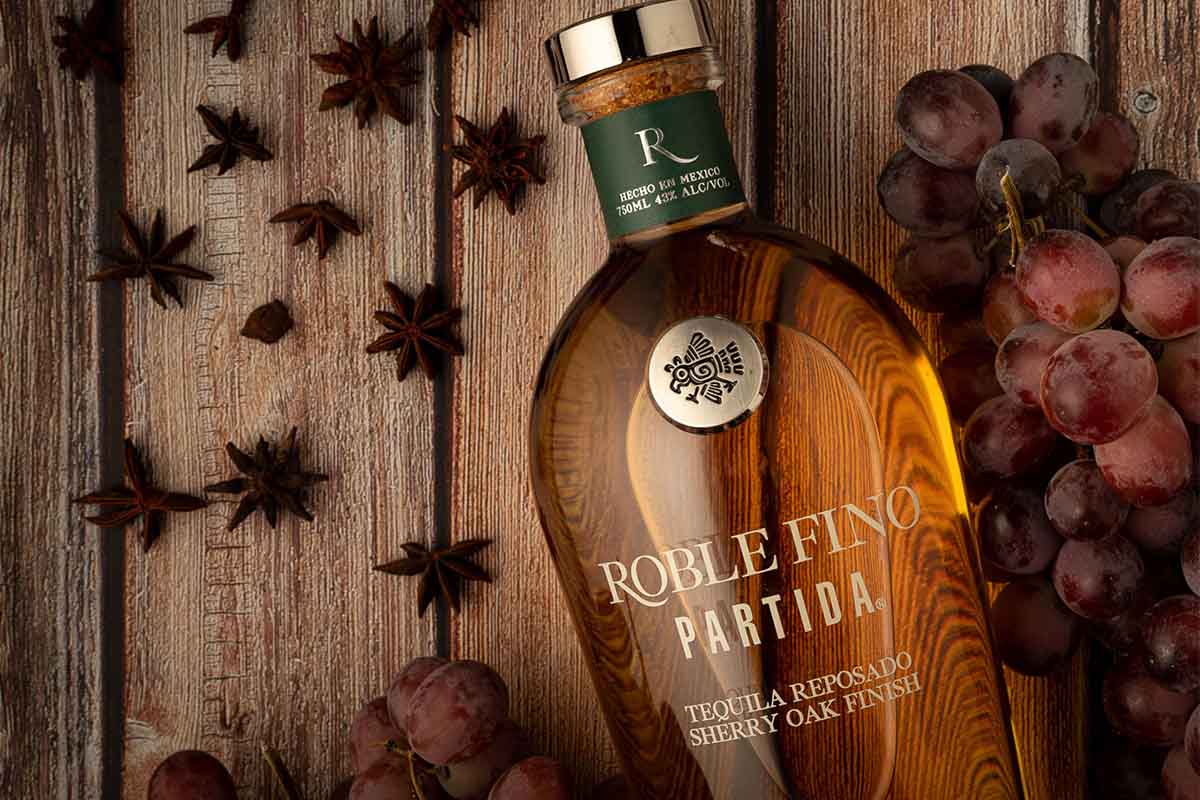
Partida
Adding a sherry oak finish to tequila? Interesting. Making one of those releases a Cristalino Reposado? Definitely a first. So we have a spirit (Partida Roble Fino) from Mexico aged in bourbon barrels from the U.S. along with Scotland’s single malt barrels and then finished in Oloroso casks from Jerez de la Frontera. And it somehow works. Meanwhile, Partida’s Cristalino Añejo — part of a different line from the brand — is the rare aged tequila that features notes of oak and vanilla but still maintains its fruity agave character.
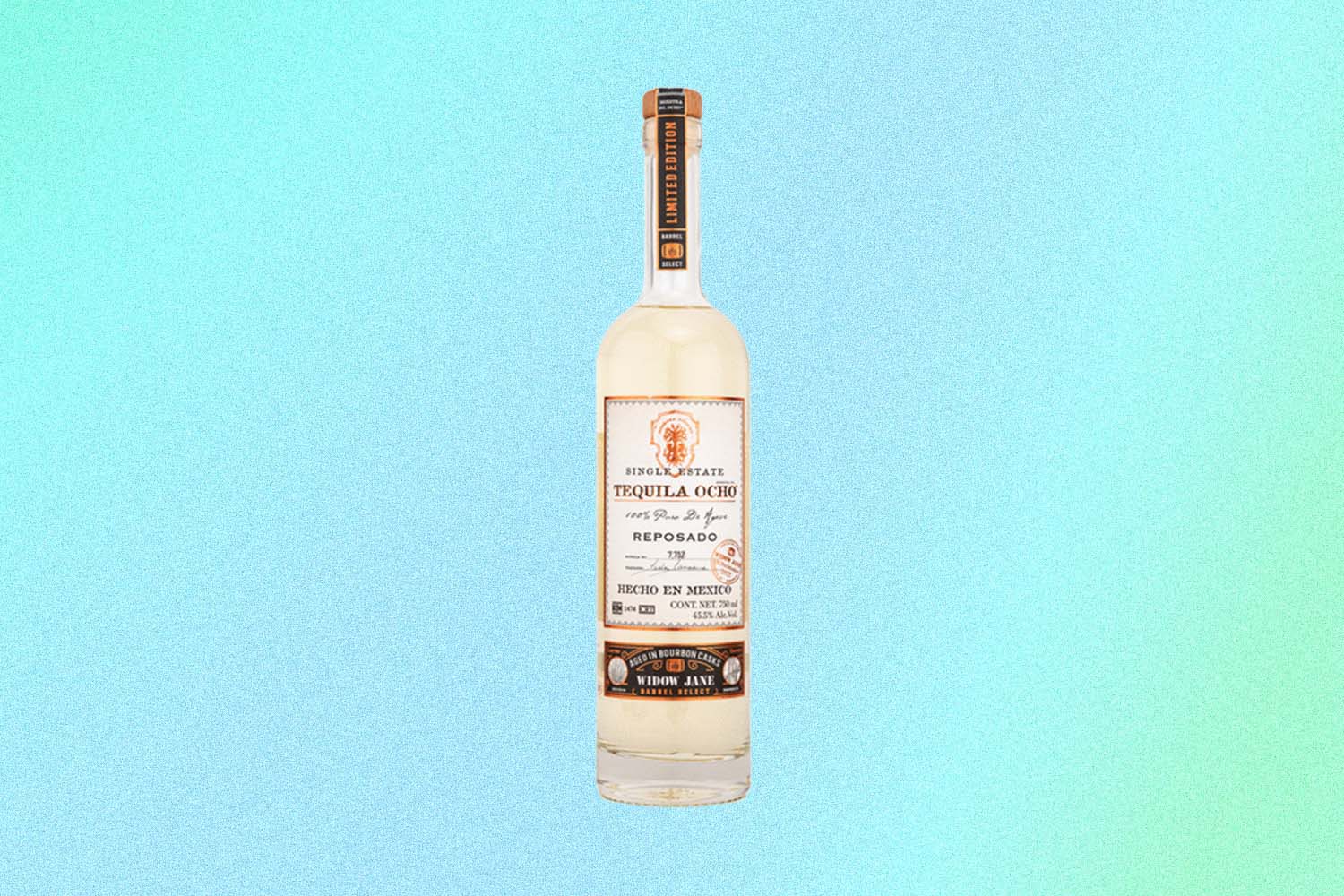
Tequila Ocho
A brand obsessed with terroir, Ocho is headed up by co-founder and master distiller Carlos Camarena, a 5th-generation agave farmer and 3rd-generation tequilero. Utilizing single estate agave harvests and releasing yearly vintages, it’s hard to pick just one bottle, but the Tequila Ocho Reposado Widow Jane (aged in bourbon casks) maintains the earthiness and vegetal notes of agave while adding hints of cinnamon, oak and grilled pineapple. But you honestly should try a few, as there’s a lot of variety in these vintages.
What Is Single-Estate Tequila, and Why Does It Matter?
Exploring a newfound focus on terroir with agave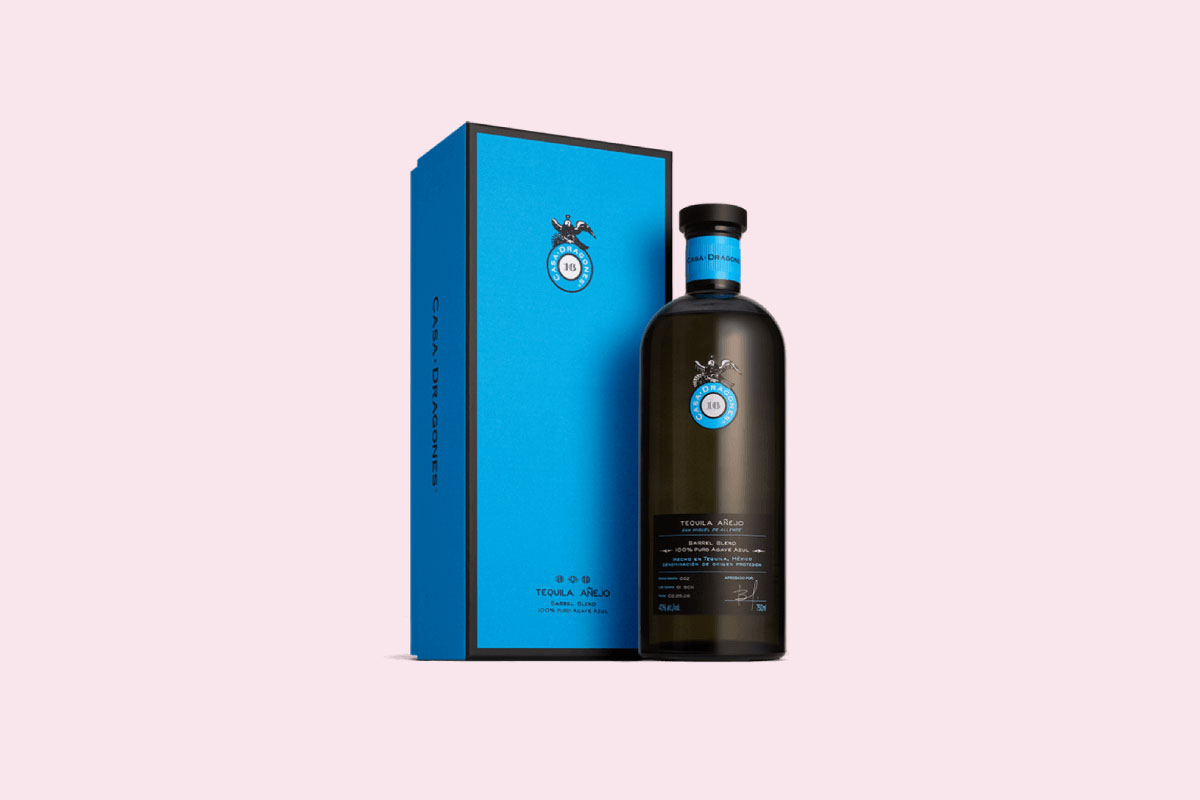
Casa Dragones
We’ve been fans of this sipping tequila since InsideHook launched 10+ years ago — it was part of our first Father’s Day gift guide — though we usually let someone else pick up the tab when we want a sip. No exception for the Tequila Añejo Barrel Blend, which is matured in new French Oak and new American Oak, then blended together. The wood dominates on the nose, but the agave comes forward as you sip. It’s elegant, fruity and deceptively gentle.
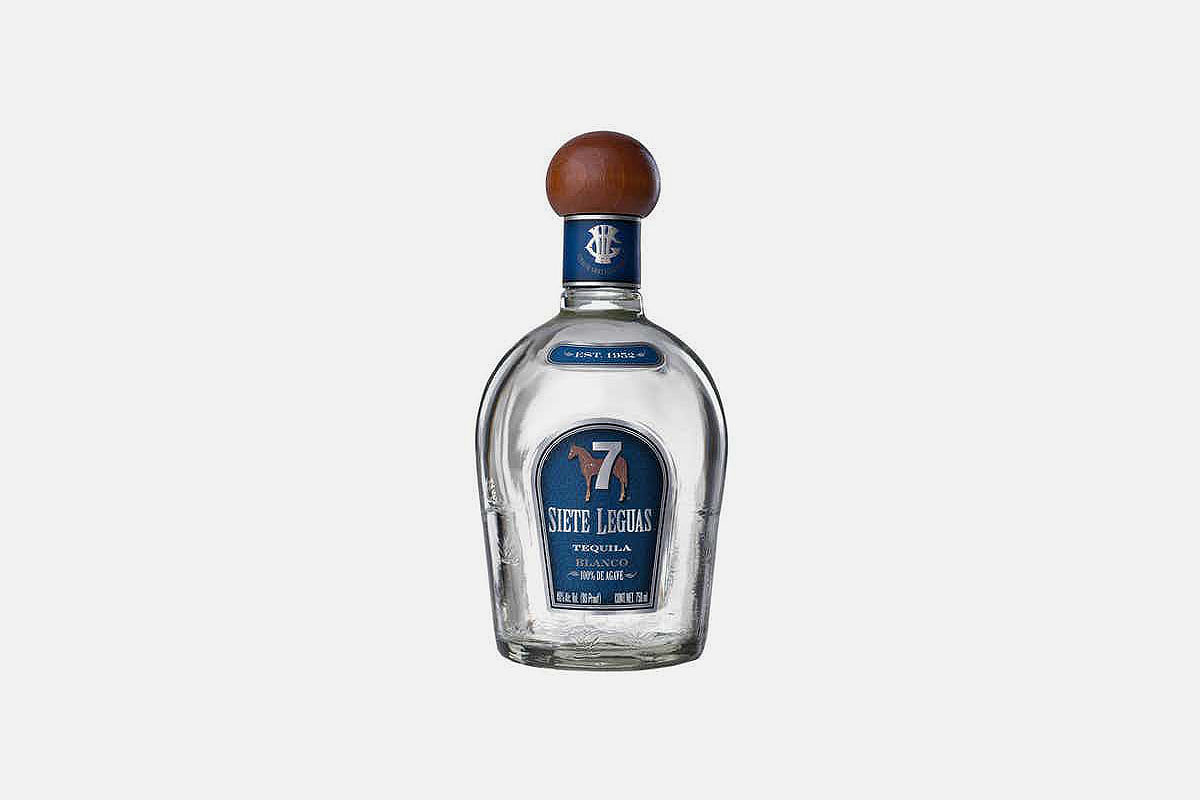
Siete Leguas
Siete Leguas was the original producer of Patrón, and their own spirit maintains that personality but adds complexity. “Think of it like your favorite cast-iron skillet, then add 65+ years of care and dedication to the mix,” as L.A. restaurateur and tequila aficionado Clemente Heredia told us a little while back.
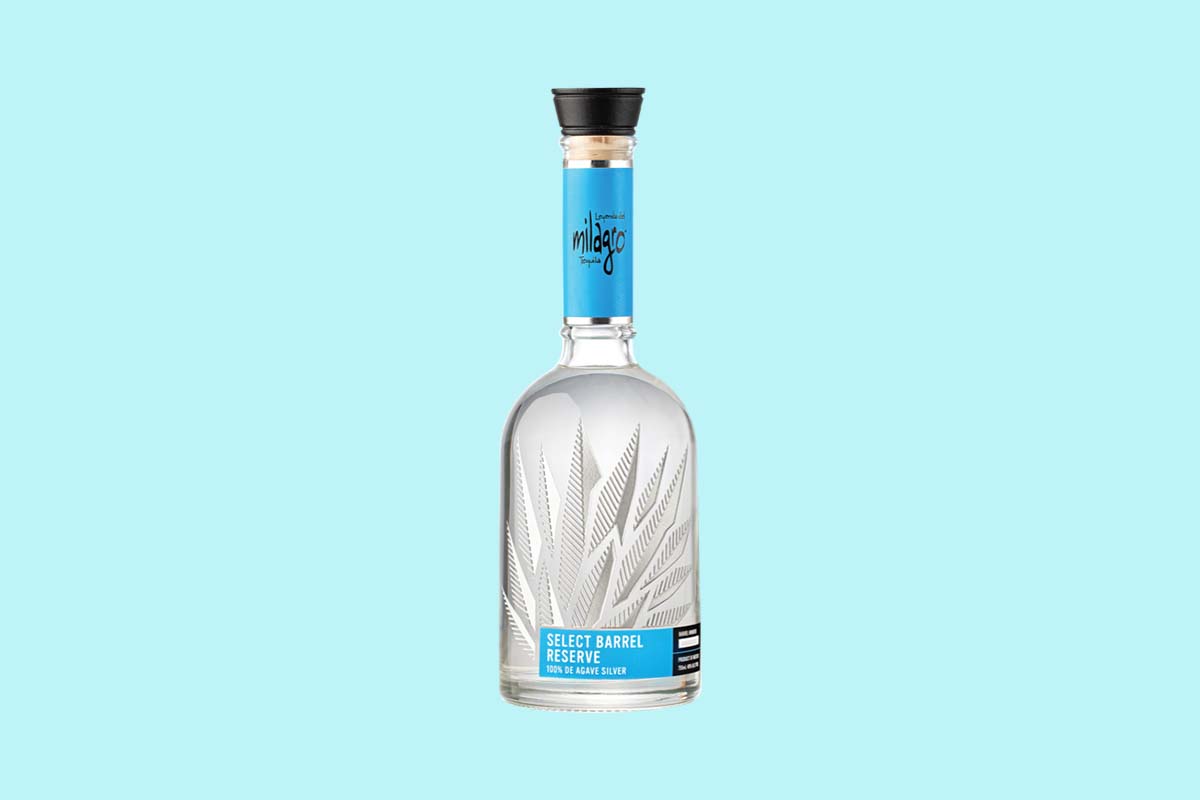
Milagro
We’ve previously praised the ubiquitous (and inexpensive!) Milagro Silver as an ideal base for margaritas; it’s clean, crisp and features some nice peppery notes. The Barrel Reserve reserve adds just a hint of vanilla and oak — it’s certainly an elevated take, and worthy to drink on its own.
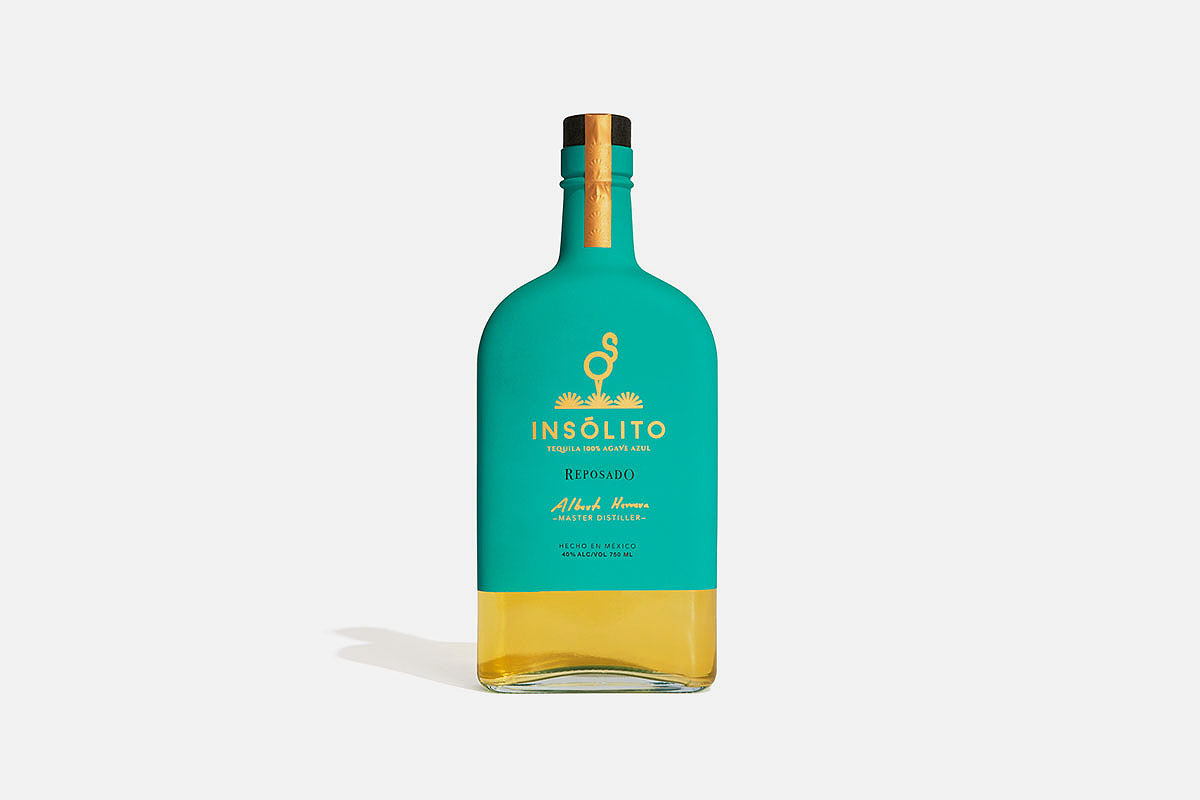
Insólito
Distilled at a very high (7,200 foot) elevation with custom equipment and utilizing a slow fermentation process, this not-quite-celebrity tequila (the band Midland is a partner) offers some unique taste profiles. The blanco has a vegetal note and some minerality — not for everyone, but something you’ll return to. The reposado, however, features a wonderful, creamy mouthfeel and notes of butterscotch and baking spices, and should be a crowd-pleaser.
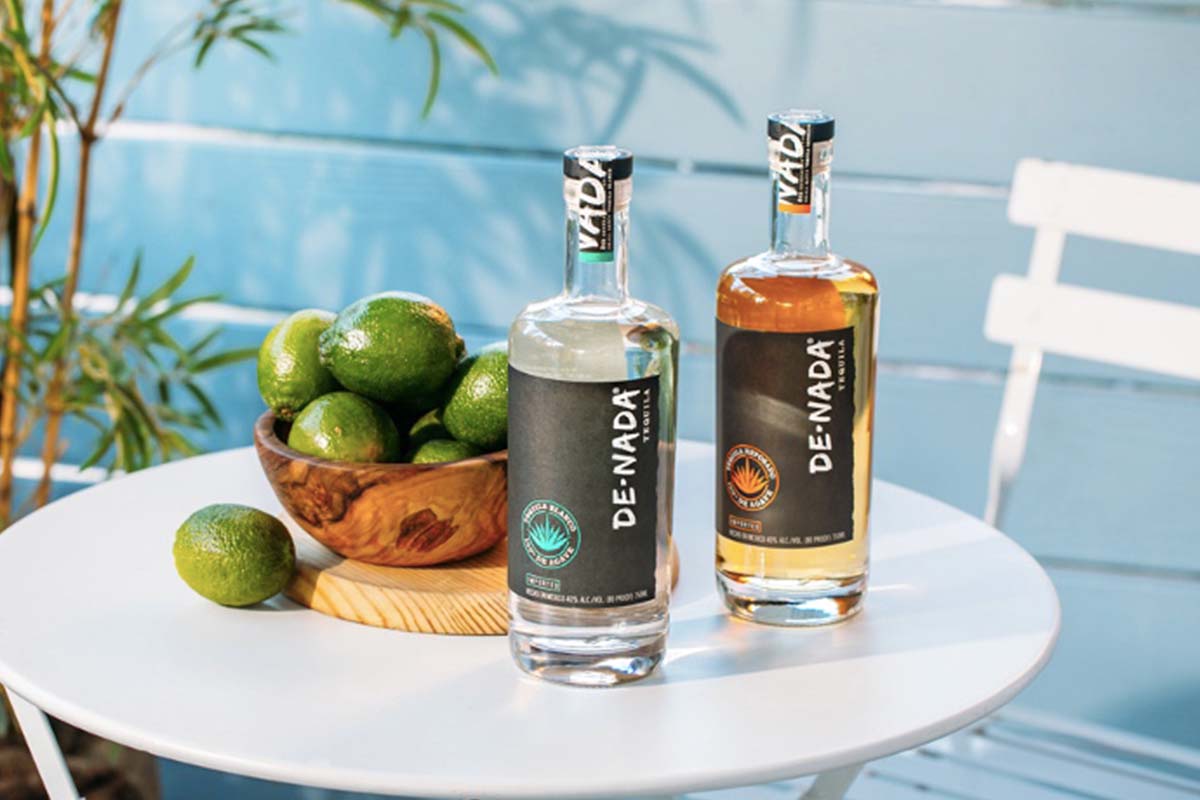
DE-NADA
Two millennial entrepreneurs are behind this tequila release (in collaboration with a fifth-generation distillery), which uses brick-oven roasted, estate-grown agaves and local, natural yeast. One of the most versatile tequilas we’ve encountered recently — great on its own, but also a wonder in cocktails that normally would have been based on rum and bourbon.
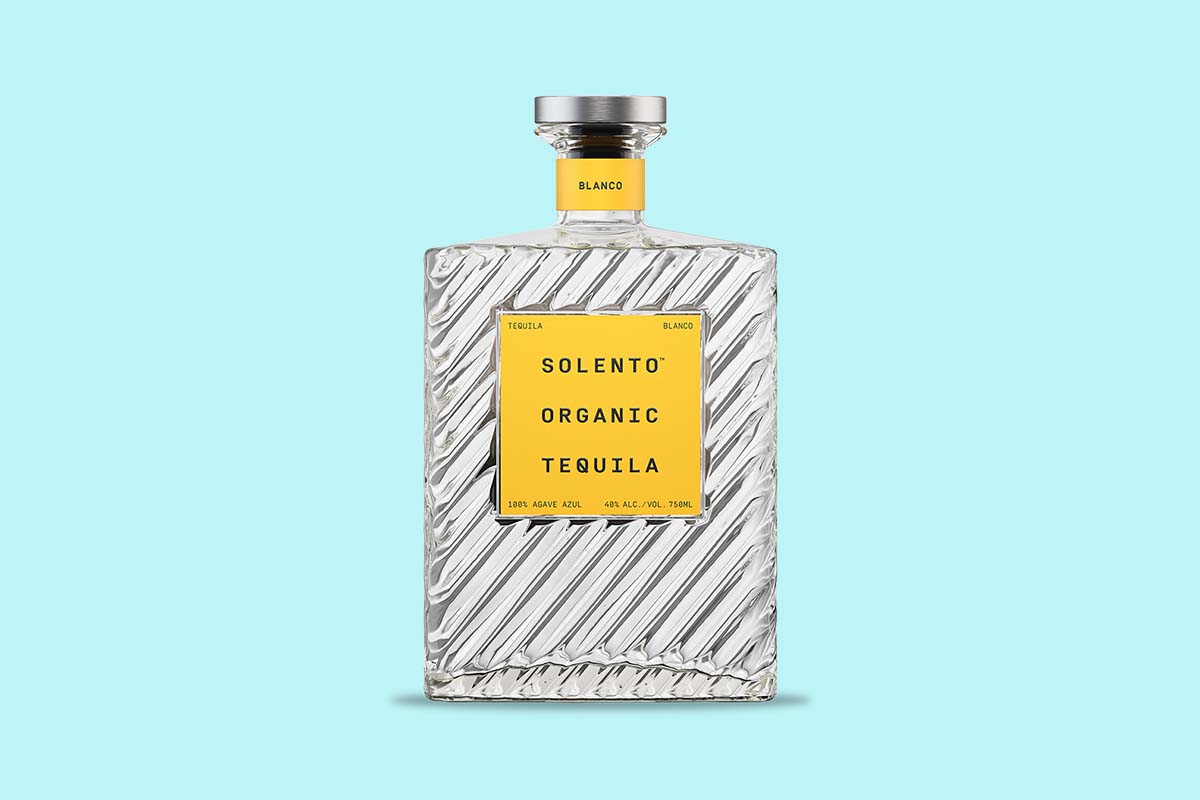
Solento
An organic, small-batch, single-estate tequila from a brand founded by filmmaker and surfer Taylor Steele. The blanco is sweet and soft, and one you’d prefer to sip than mix.
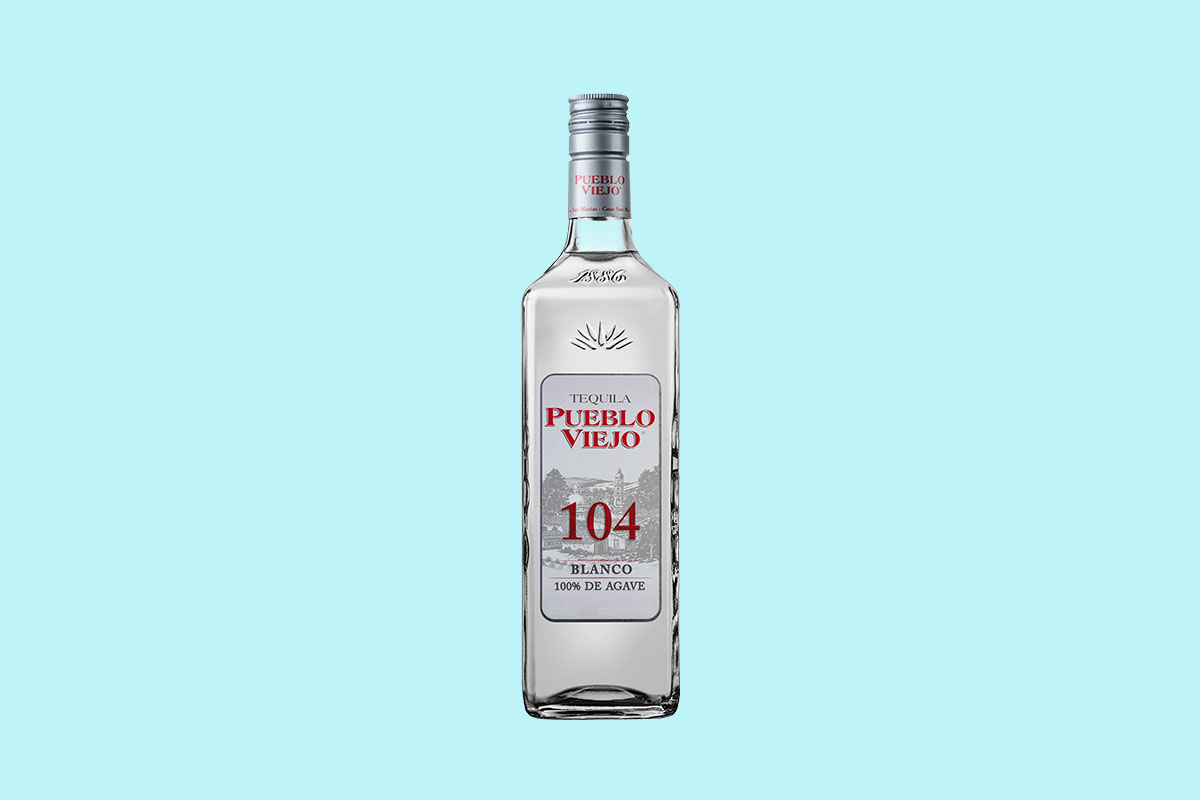
Pueblo Viejo
A random find! If your local bar uses this blanco for shots, you’re in luck: while lacking character, Pueblo Viejo is incredibly smooth (even the overproof 104 release).
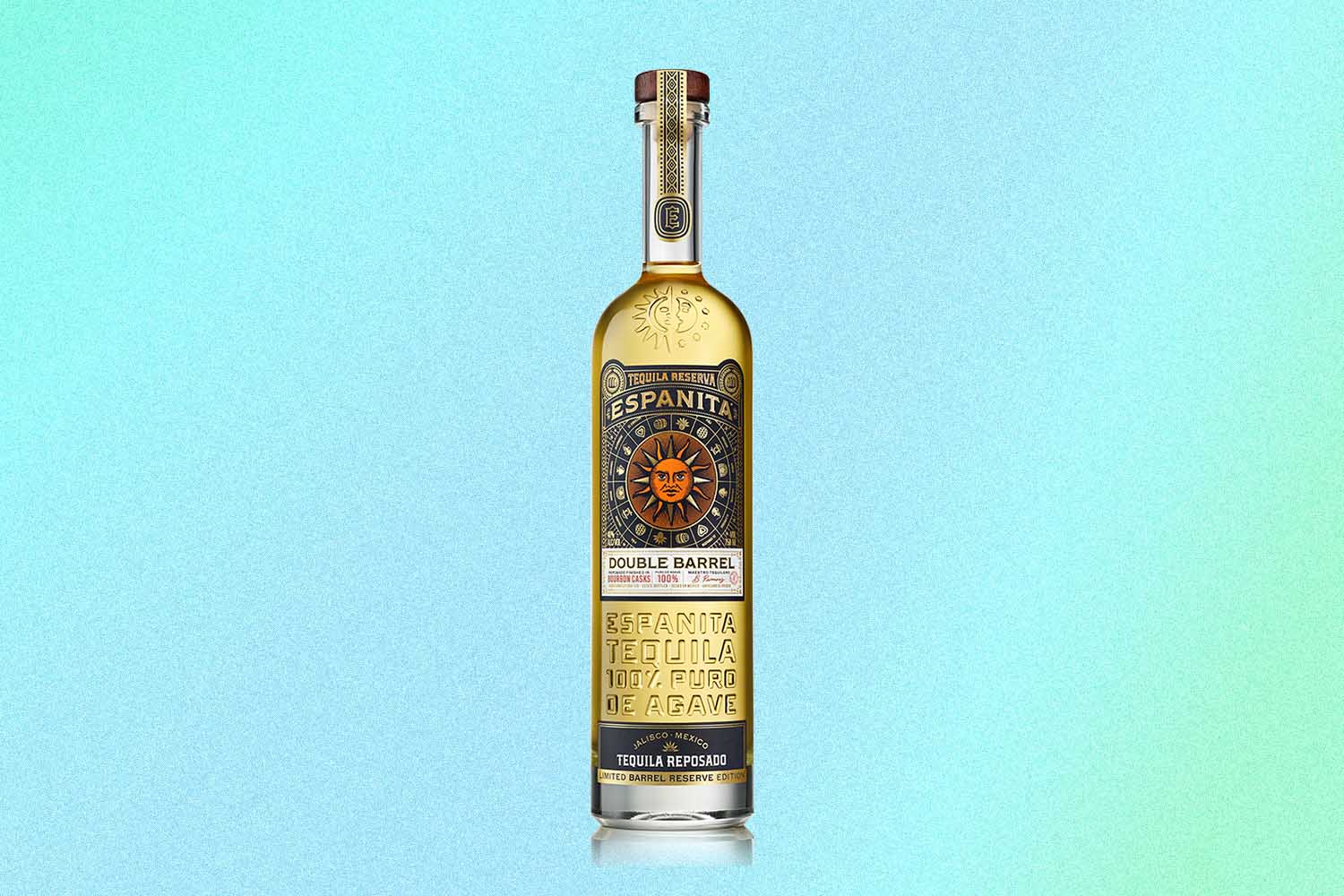
Espanita
Produced in Jalisco at an independent family-owned and operated distillery, the female-found Espanita has a blanco that features an enticing white pepper and citrus bite. But their most interesting release is a Double Barrel Reposado, aged in American oak barrels and finished in bourbon casks. While it captures the vanilla, caramel and oak notes you’d expect, the tequila manages to keep its agave flavor.
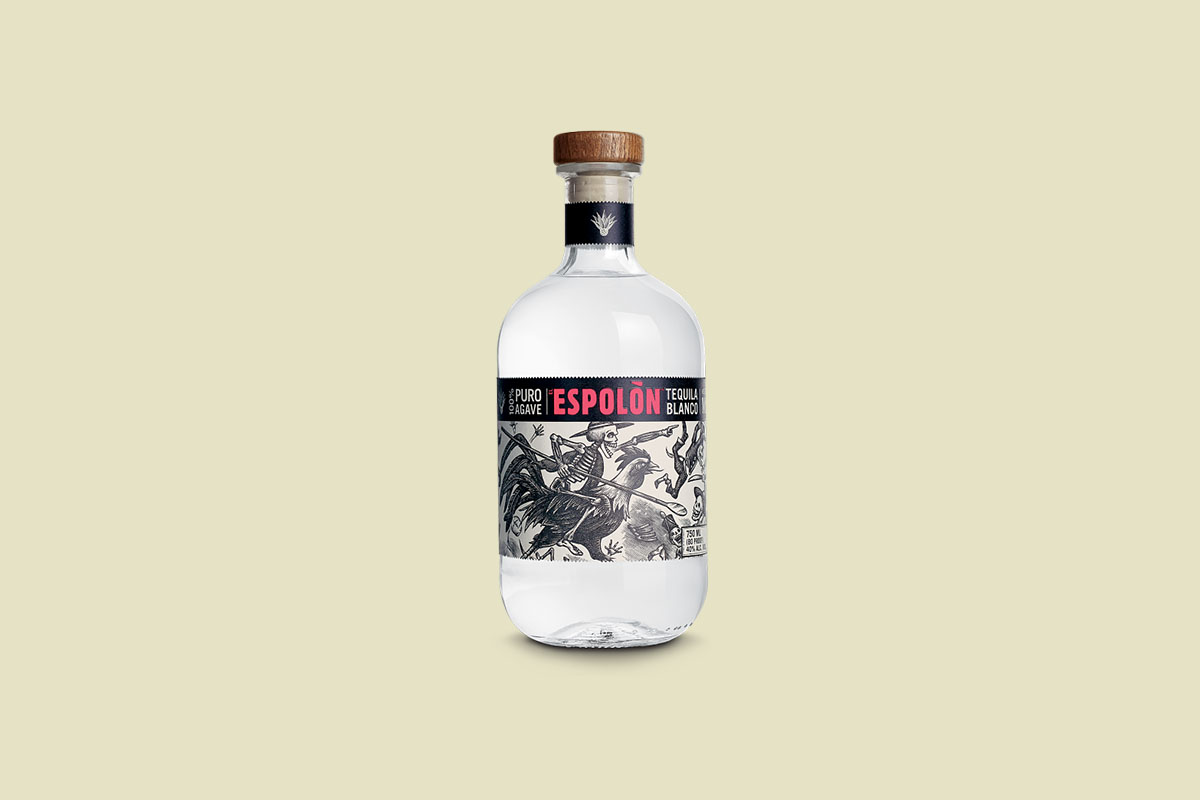
Espolòn
One of the best margaritas we’ve had in the past few years utilized a basic recipe (Cointreau, lime juice, tequila, salty rim) and involved this blanco, which is bright and citrusy with just enough pepper and spice to hold your drink up, but smooth enough to keep you going back for, well, way more than you should. It’s the perfect well-mixing tequila for your bar, with a 750ml bottle usually ranging from $20 to $25.
Join America's Fastest Growing Spirits Newsletter THE SPILL. Unlock all the reviews, recipes and revelry — and get 15% off award-winning La Tierra de Acre Mezcal.
